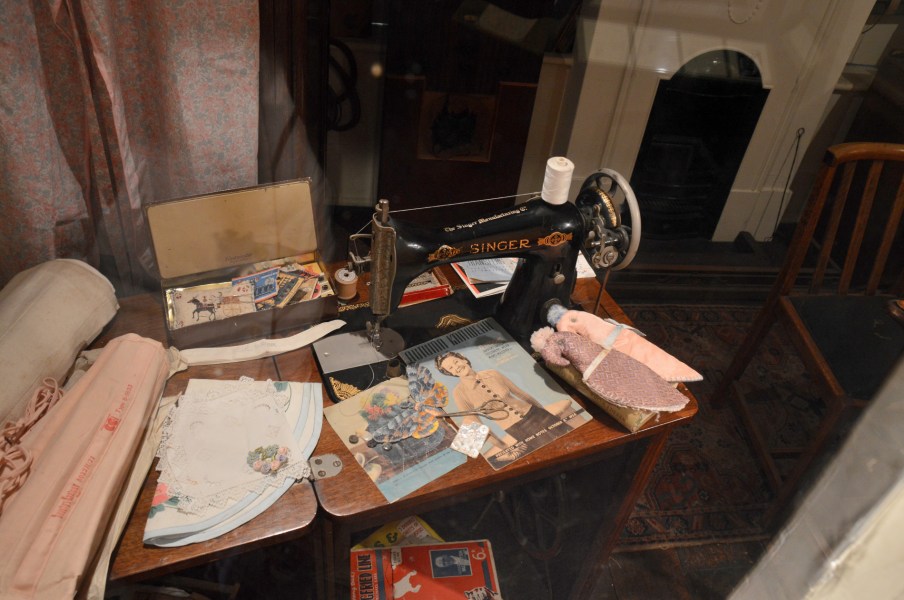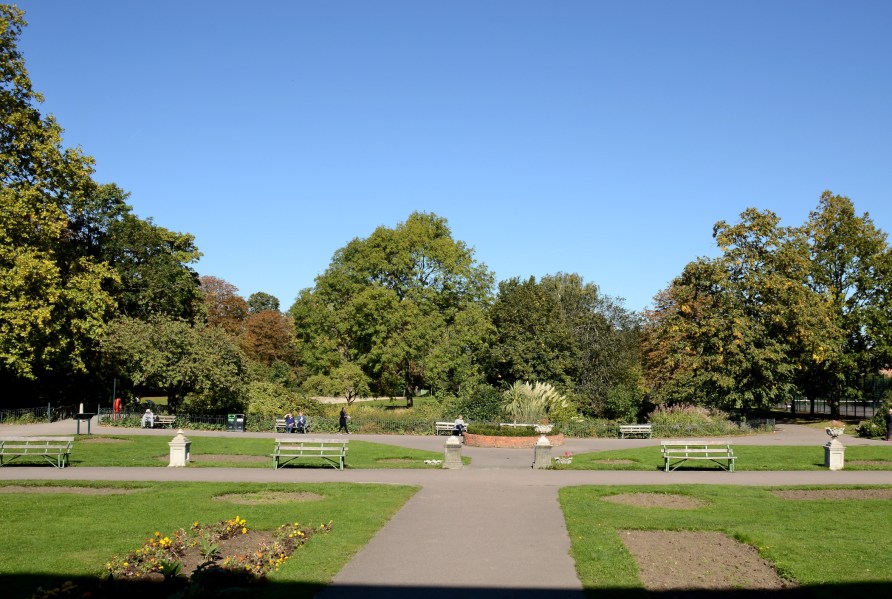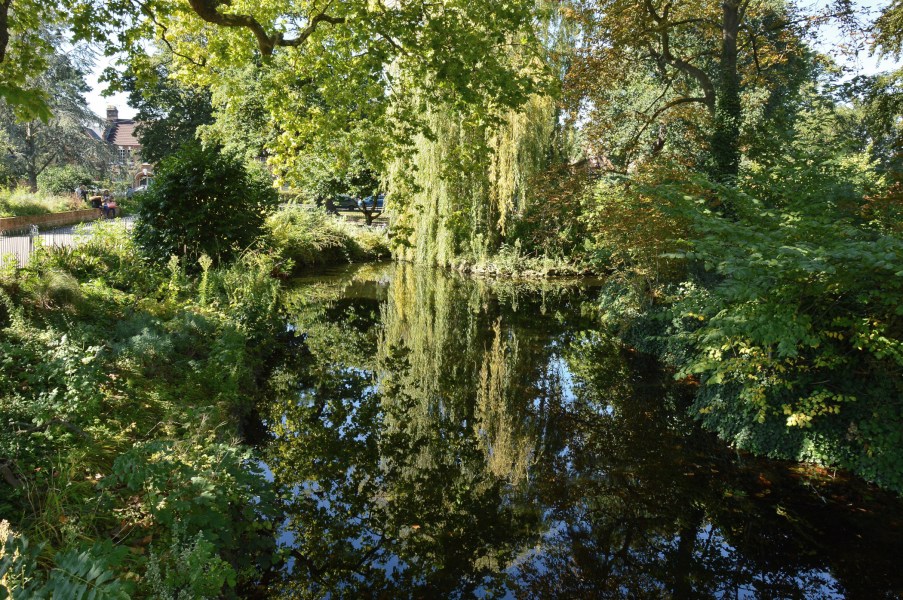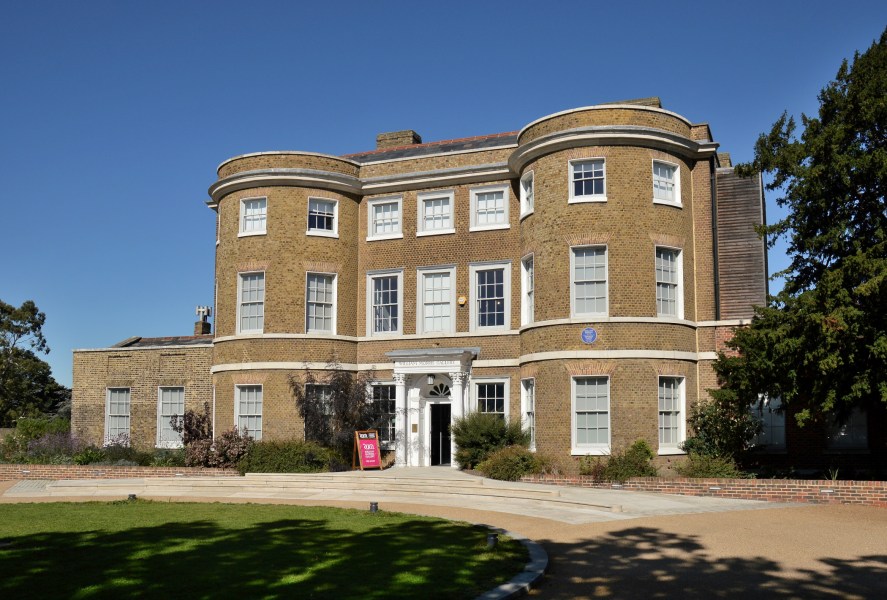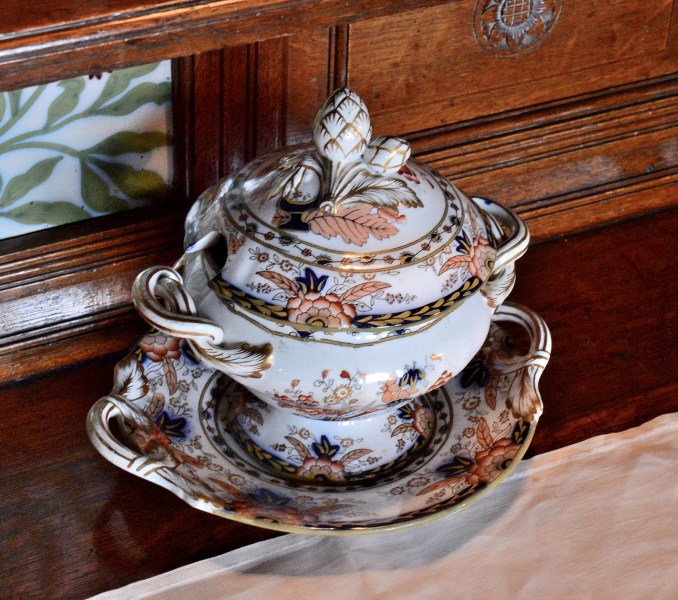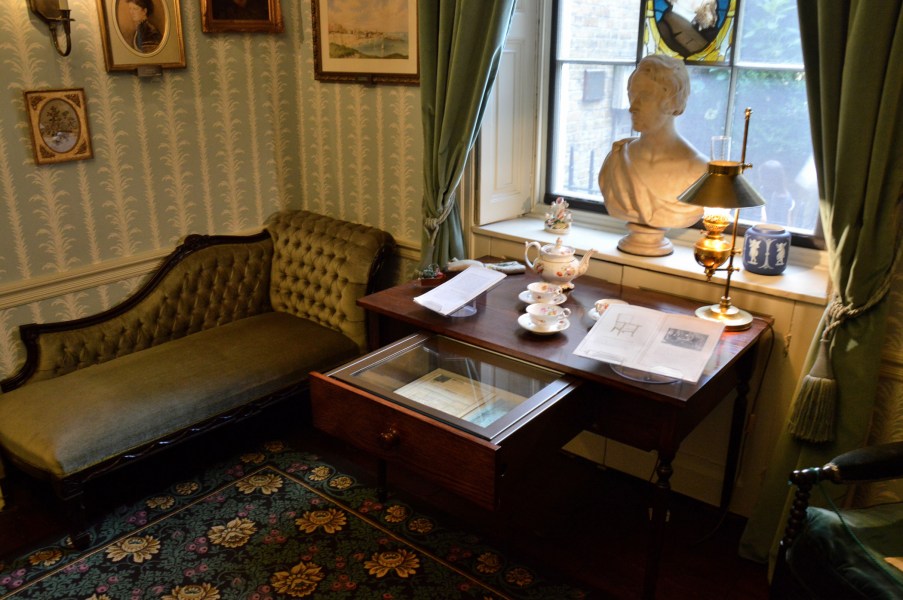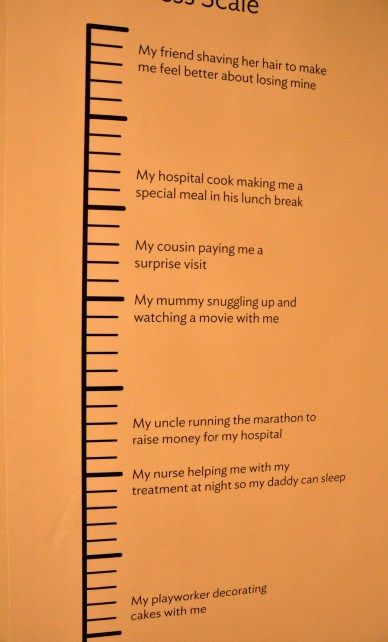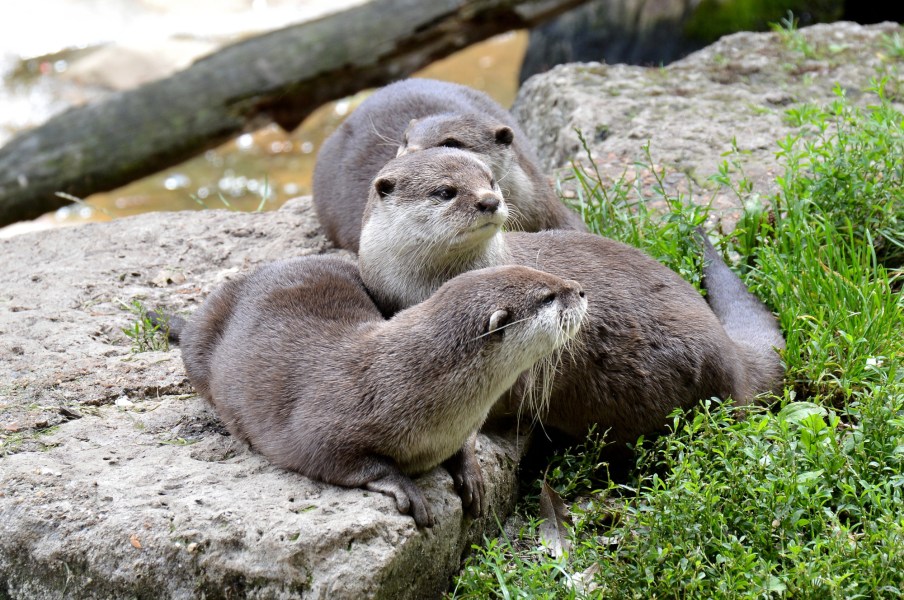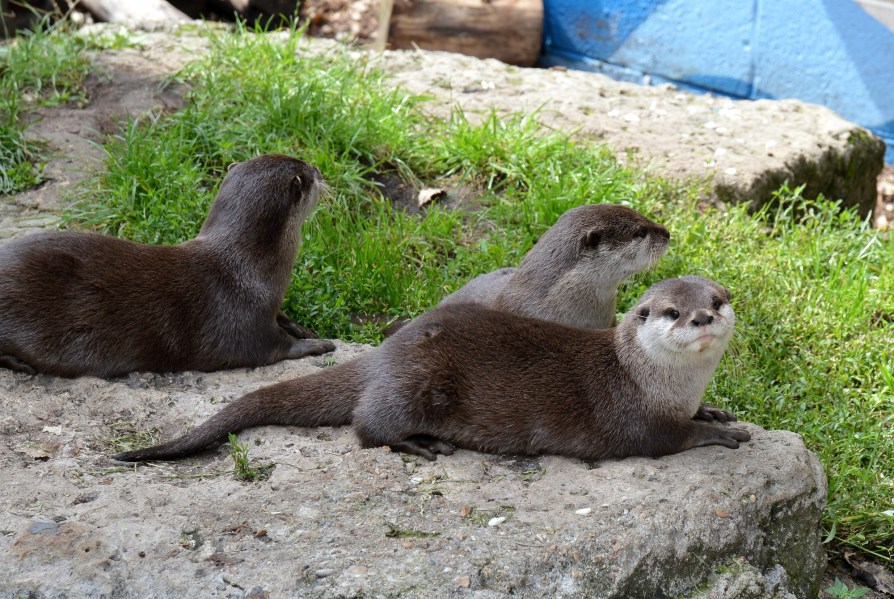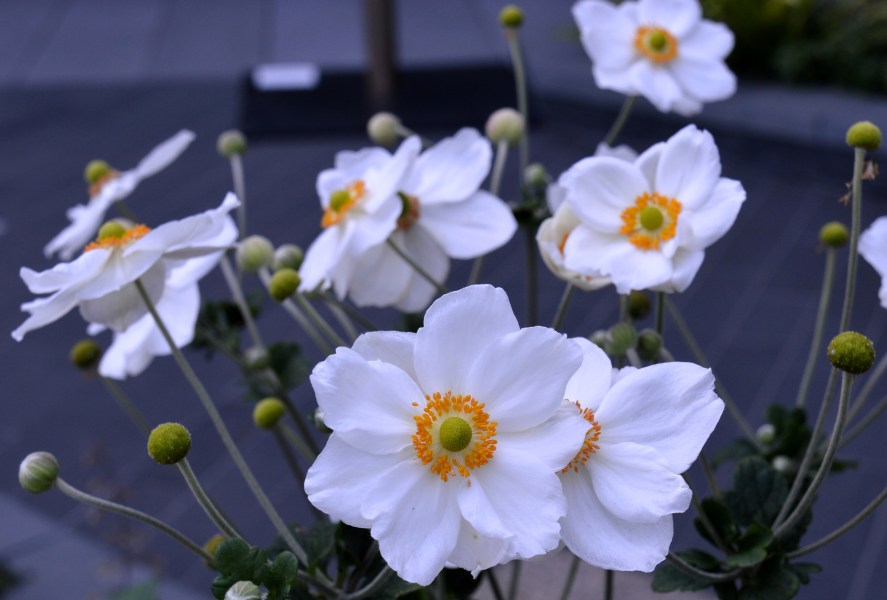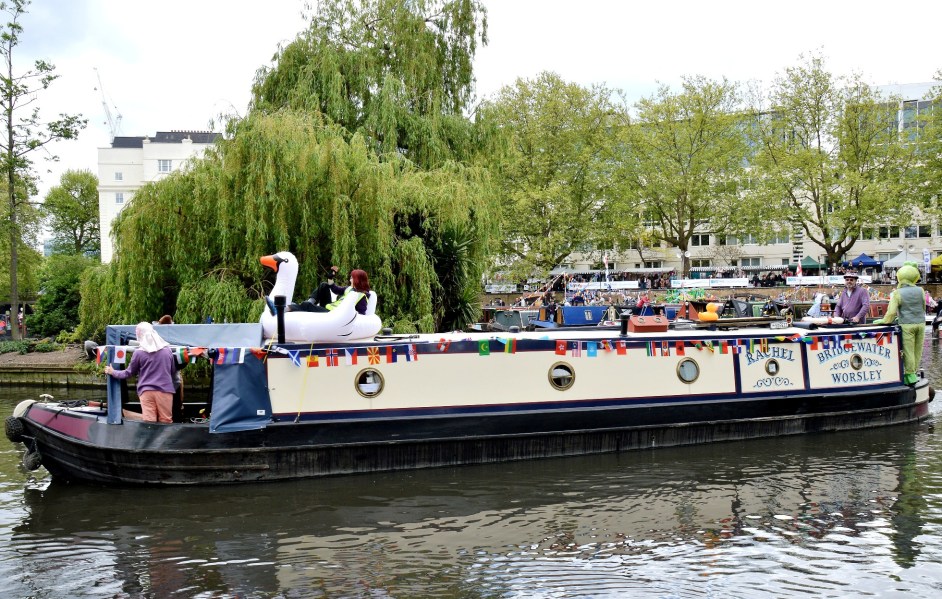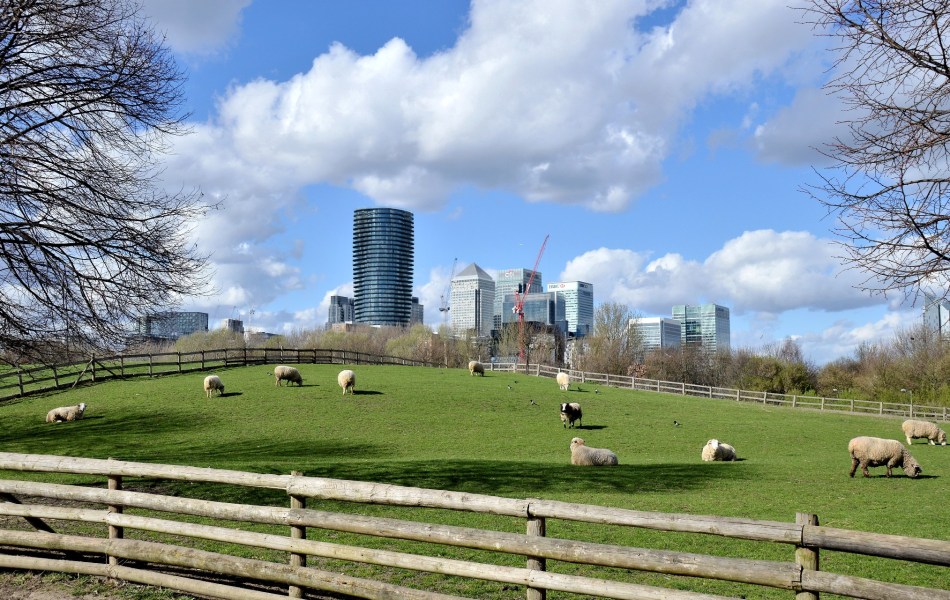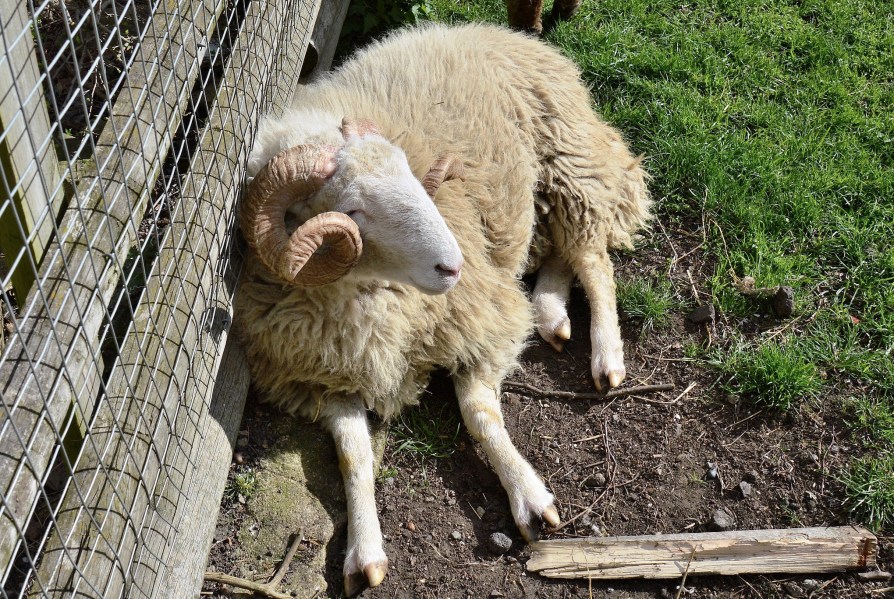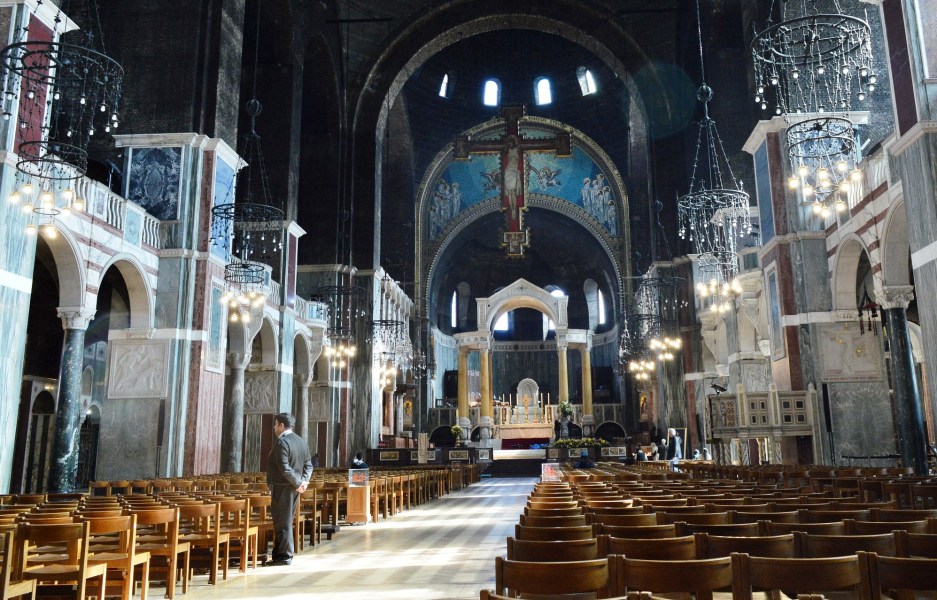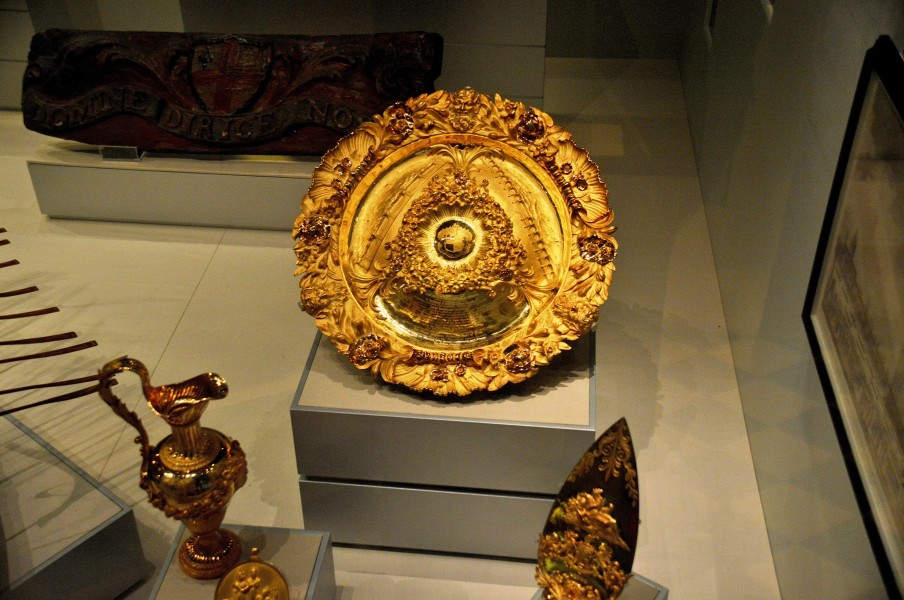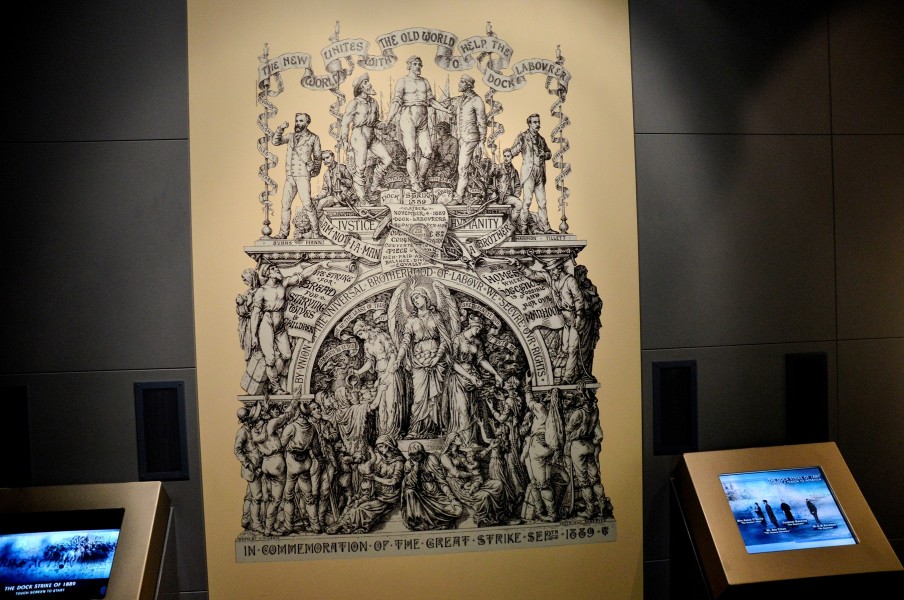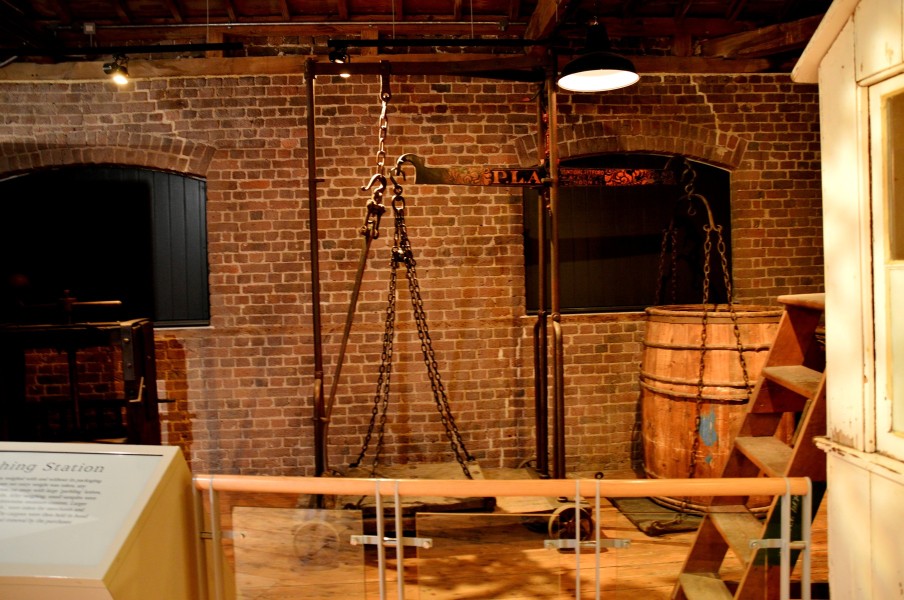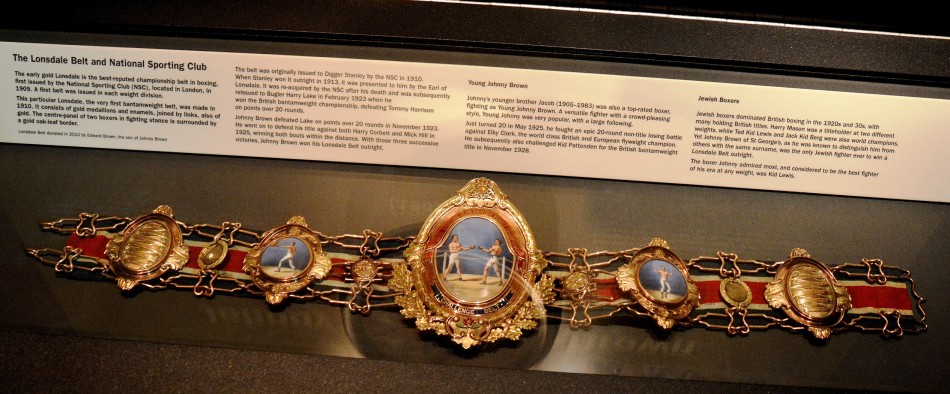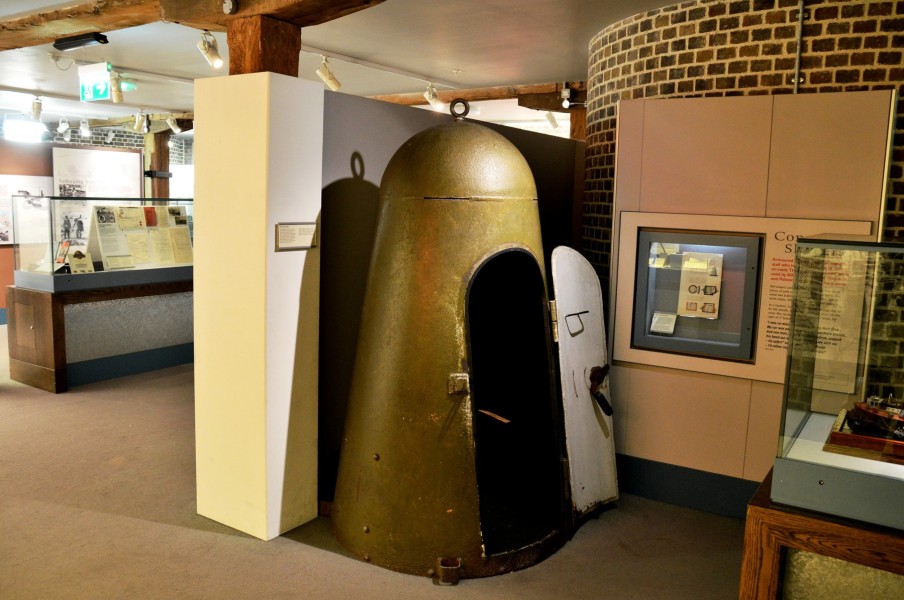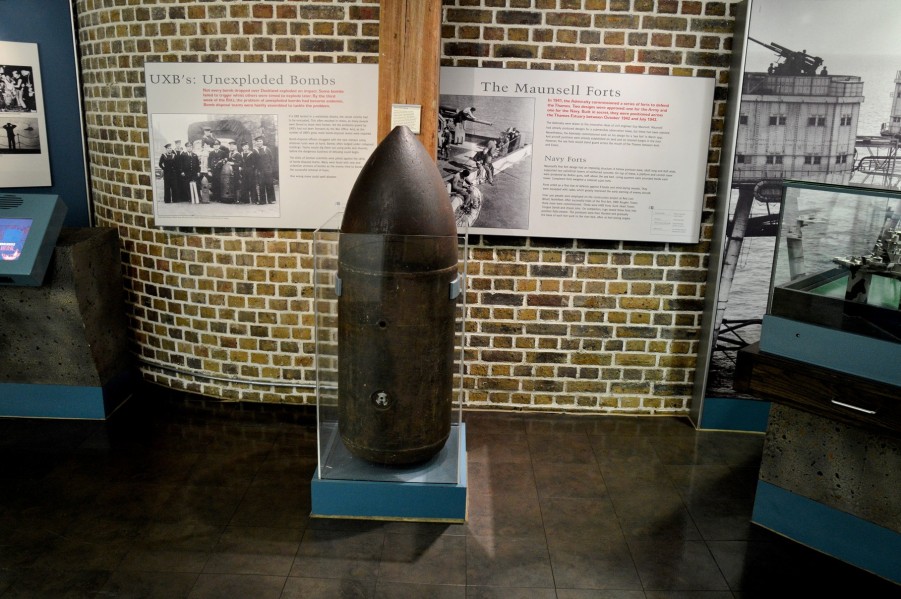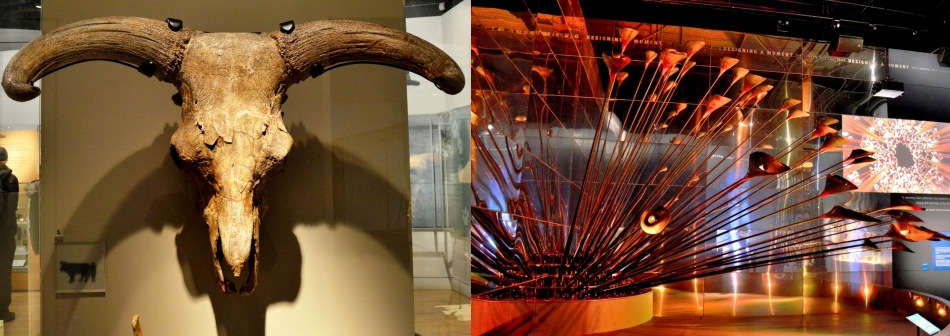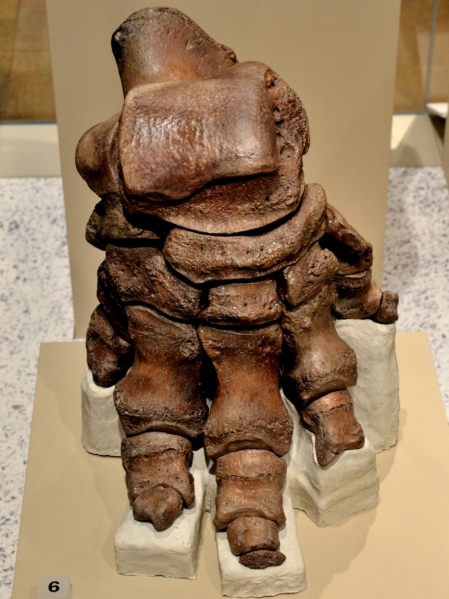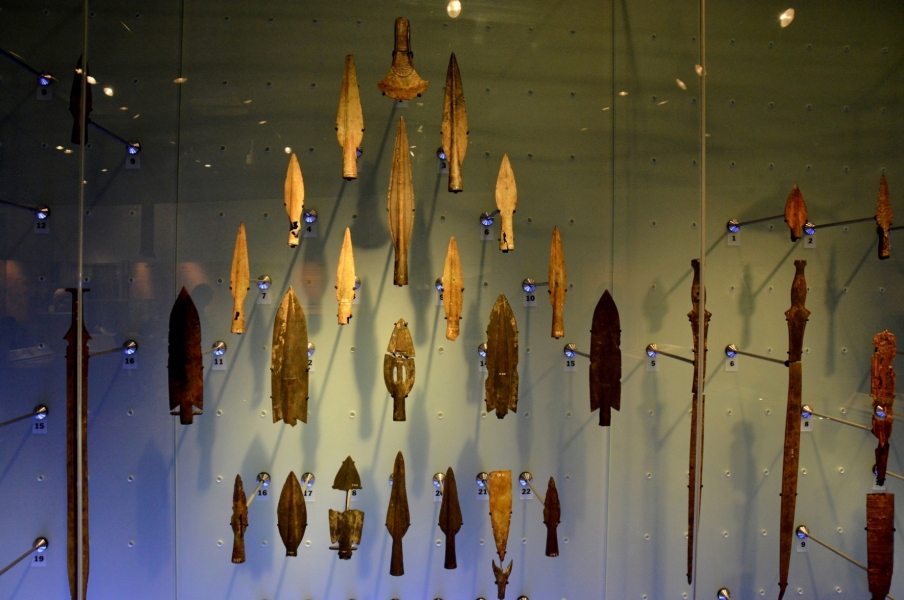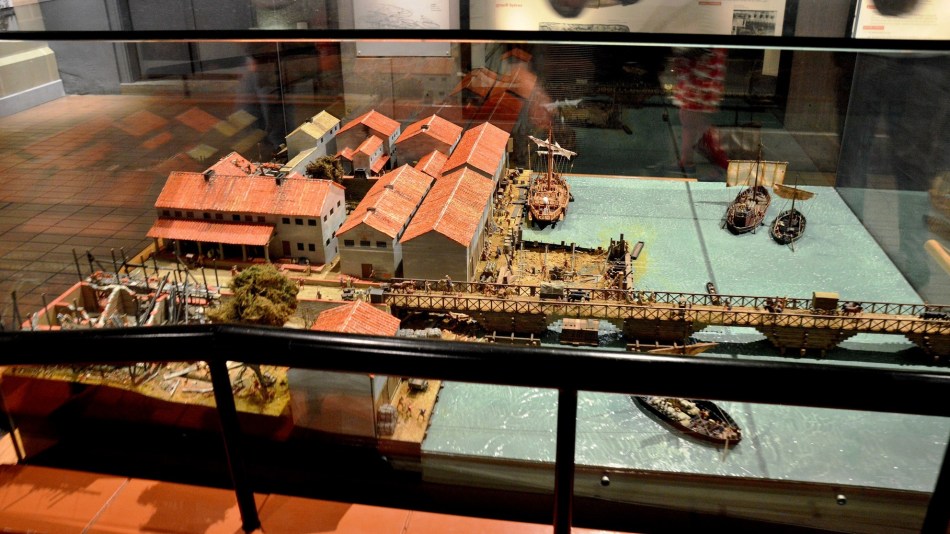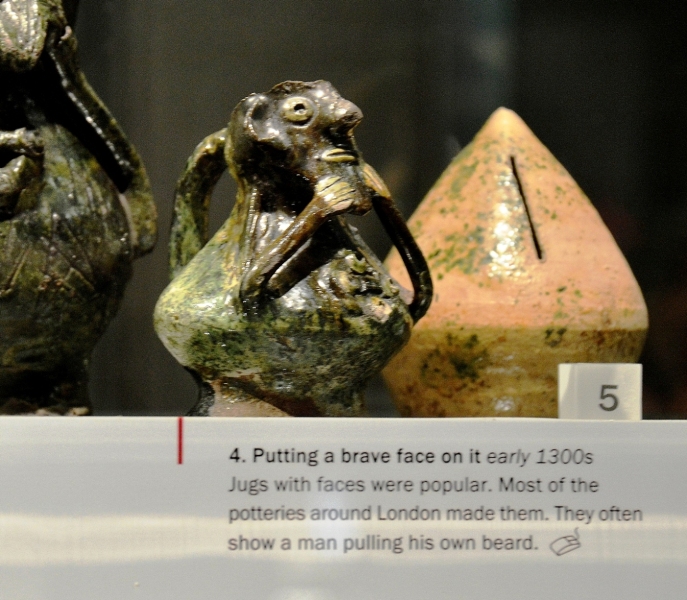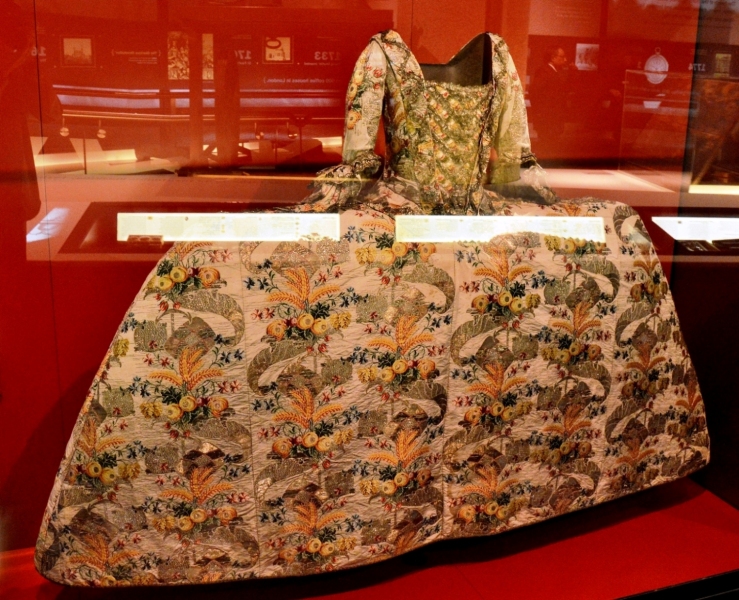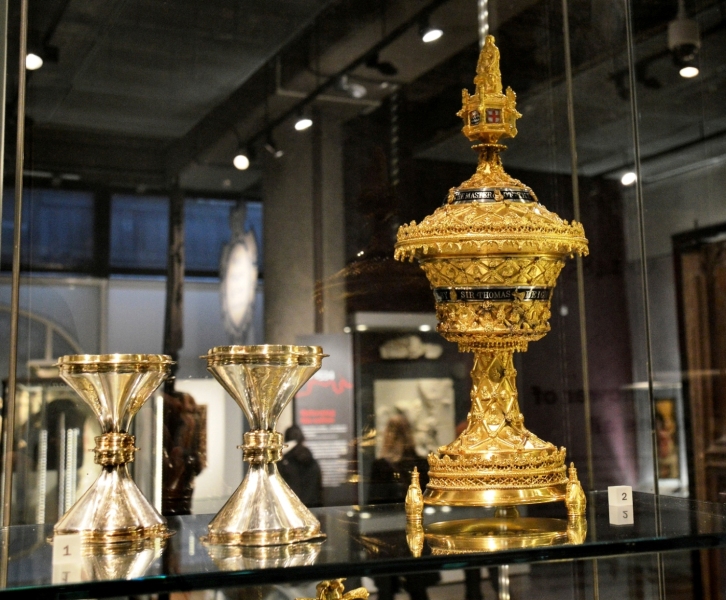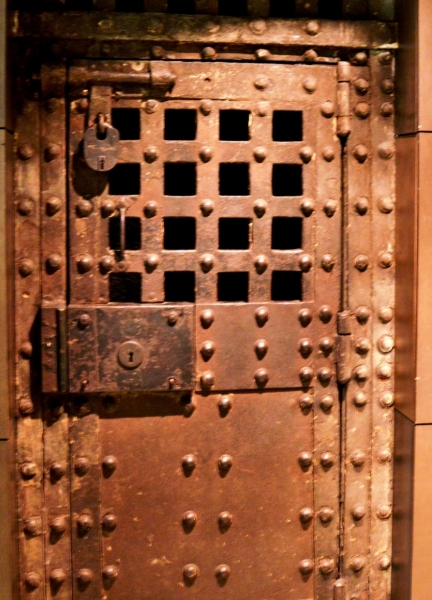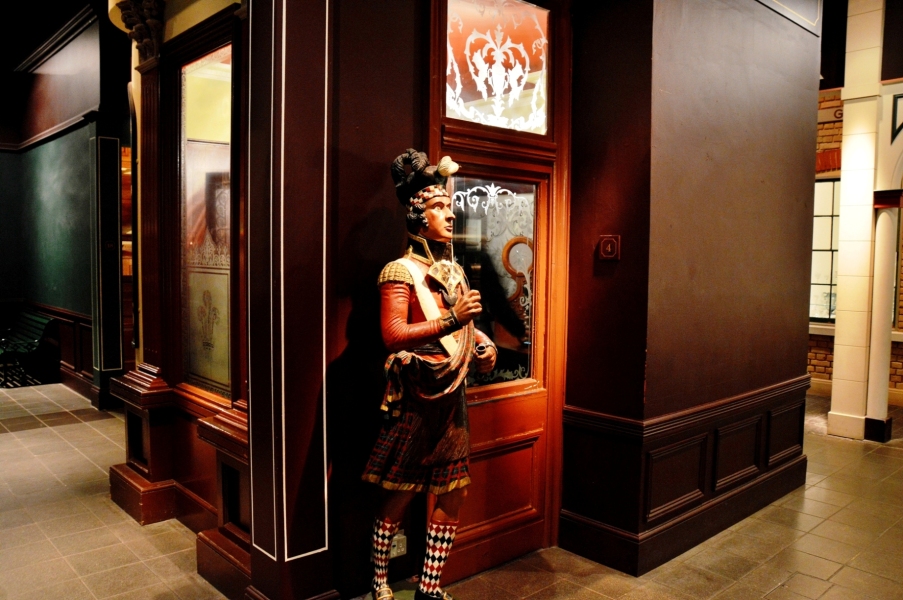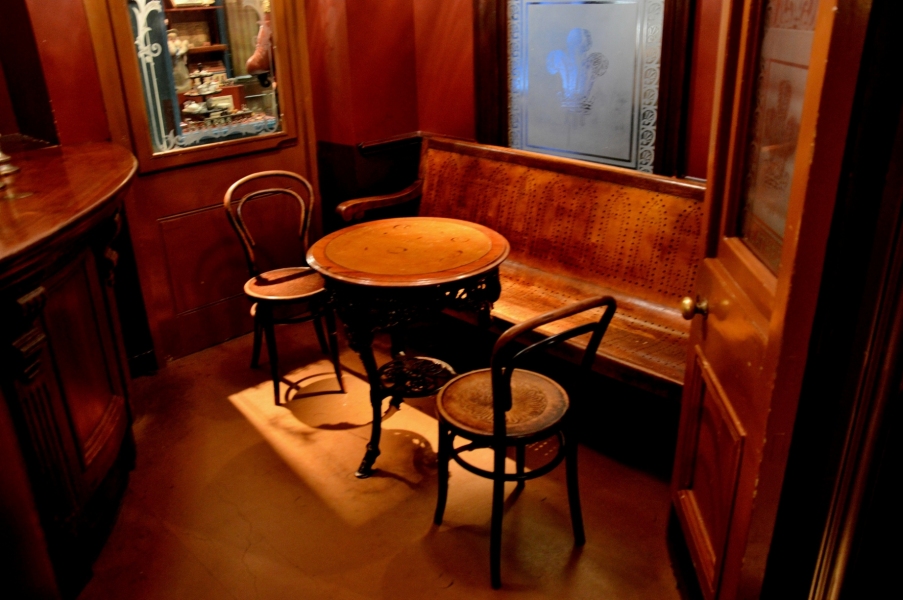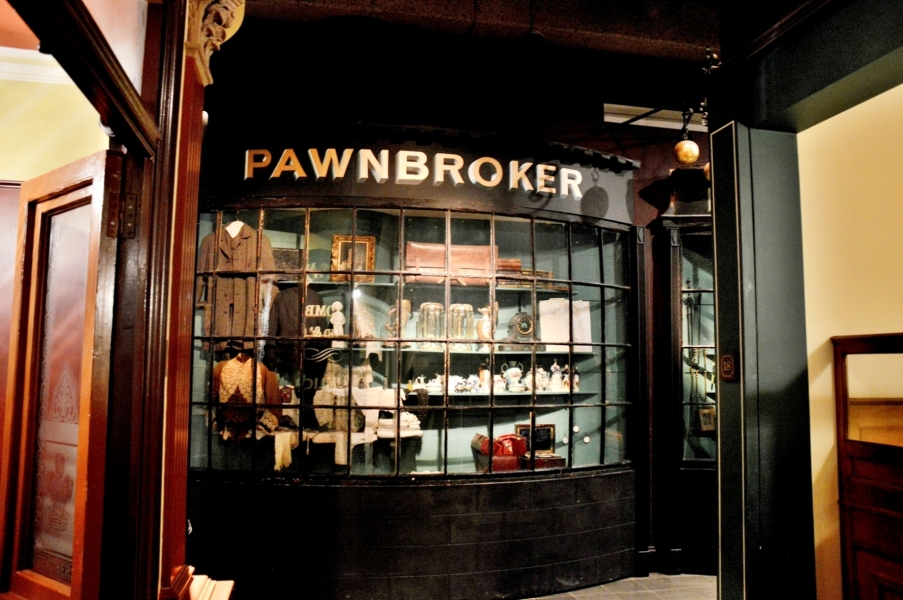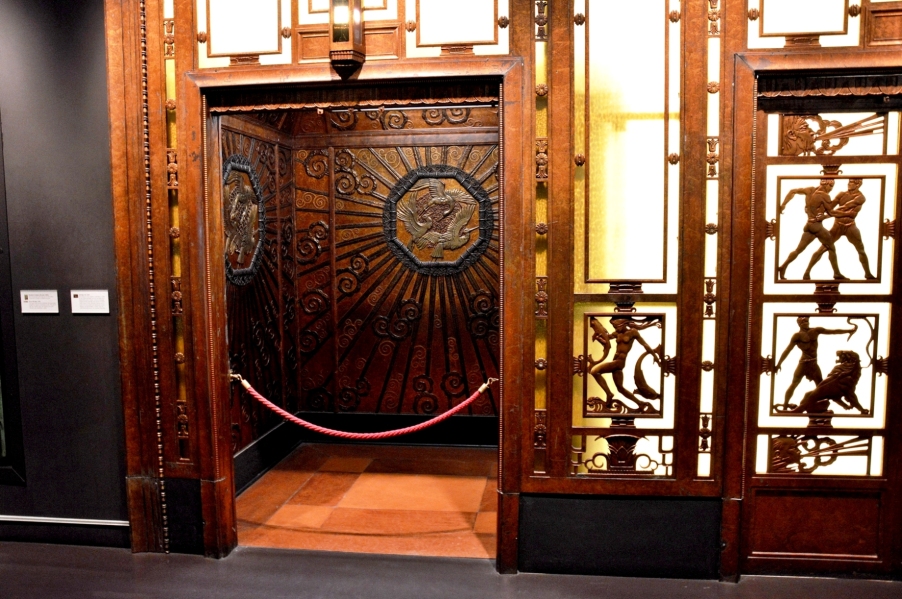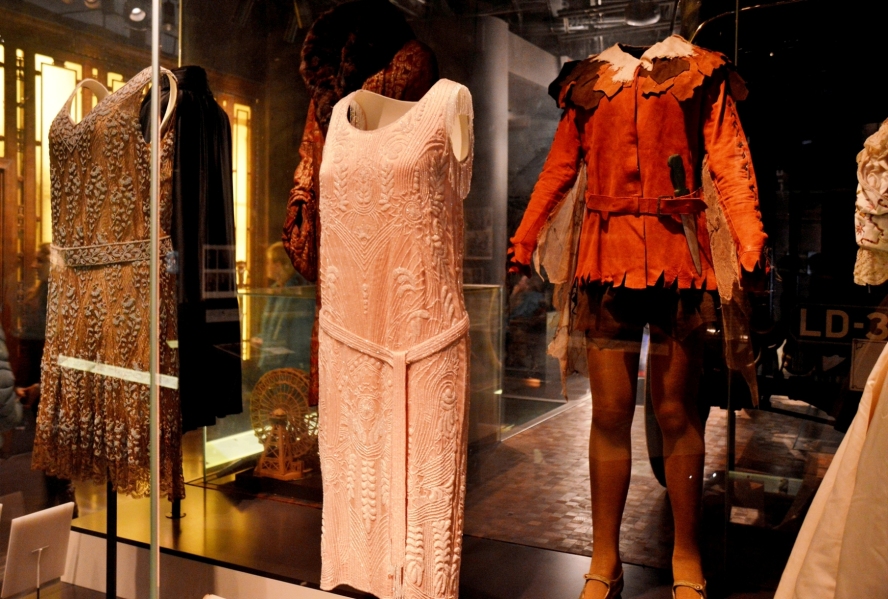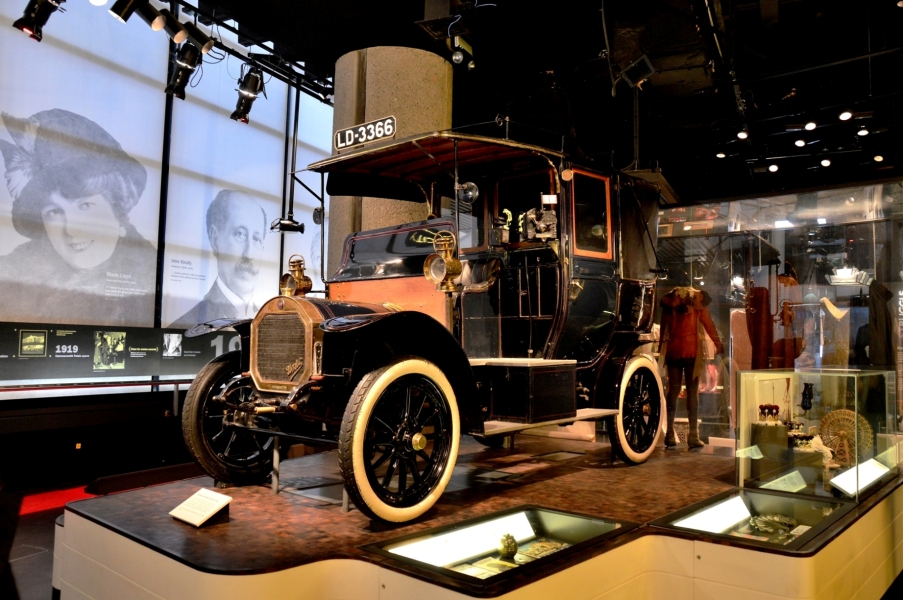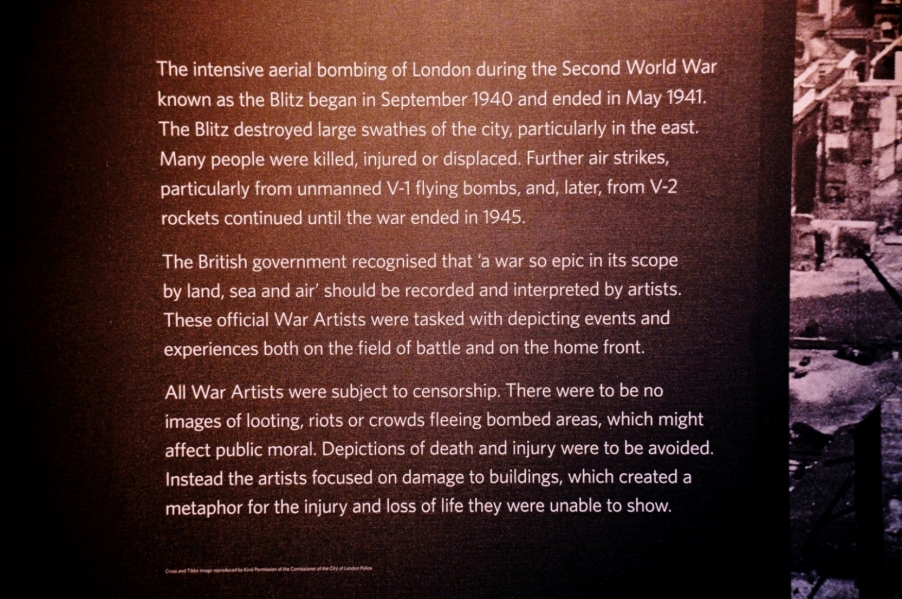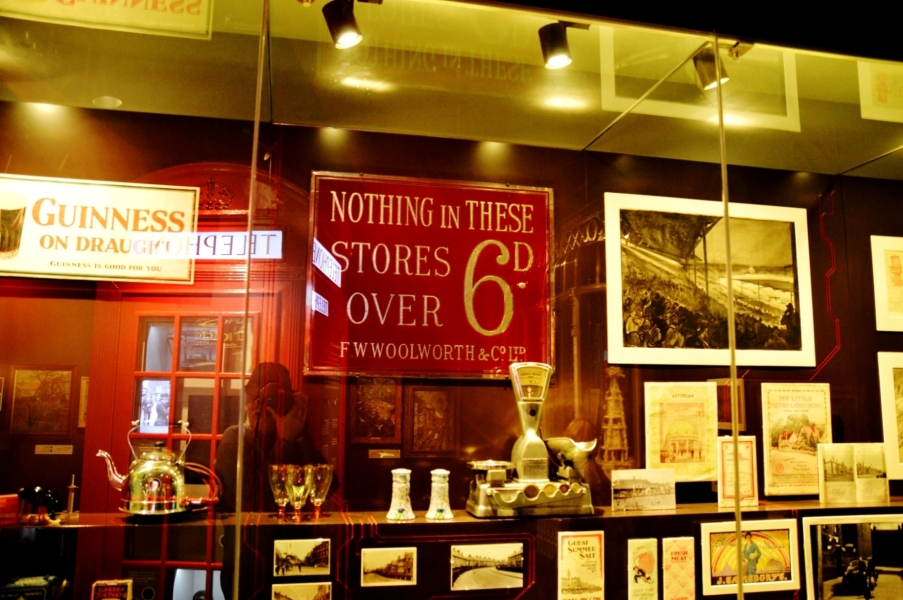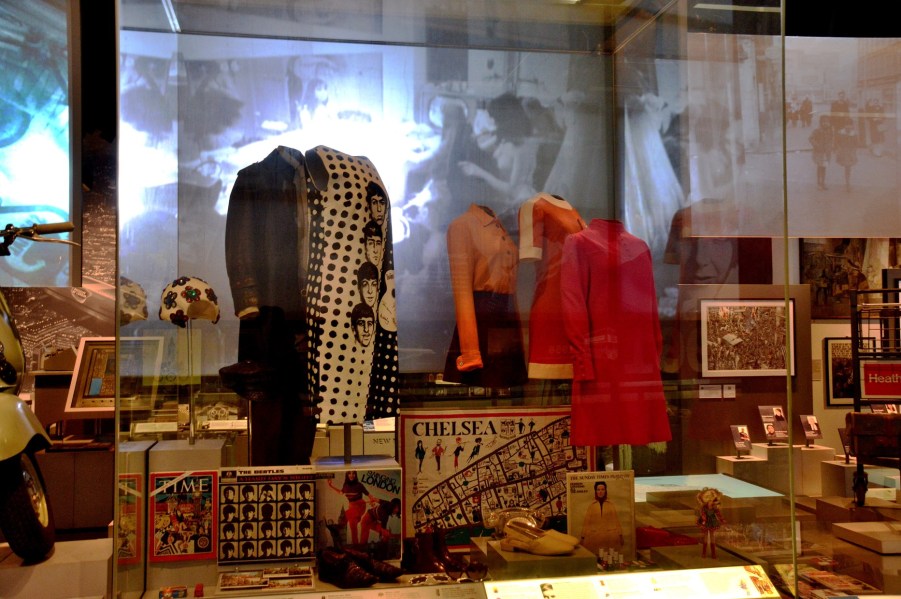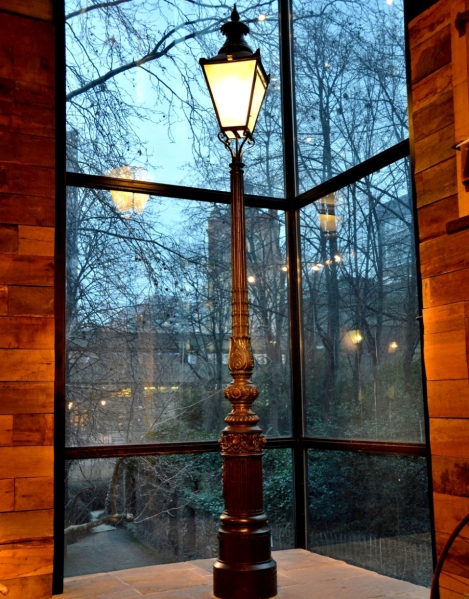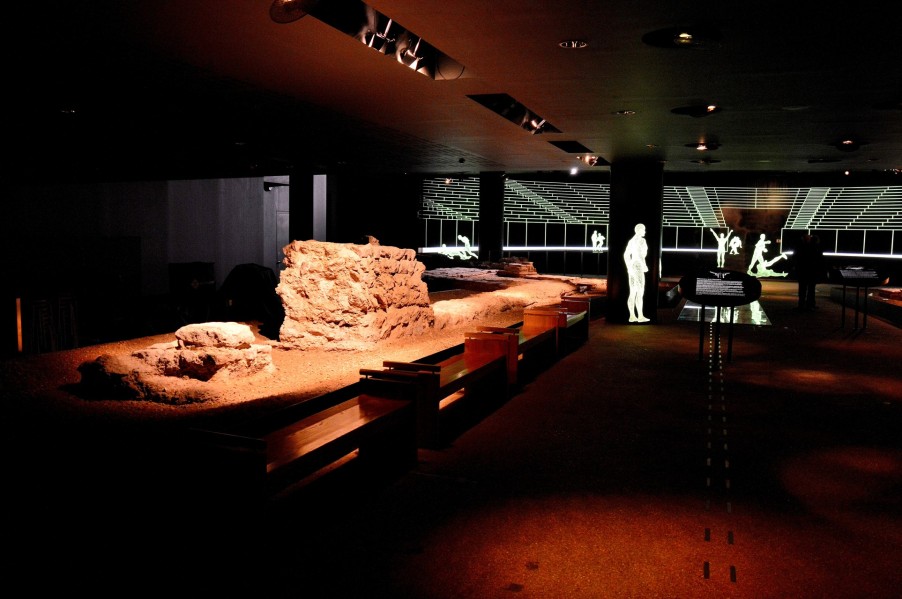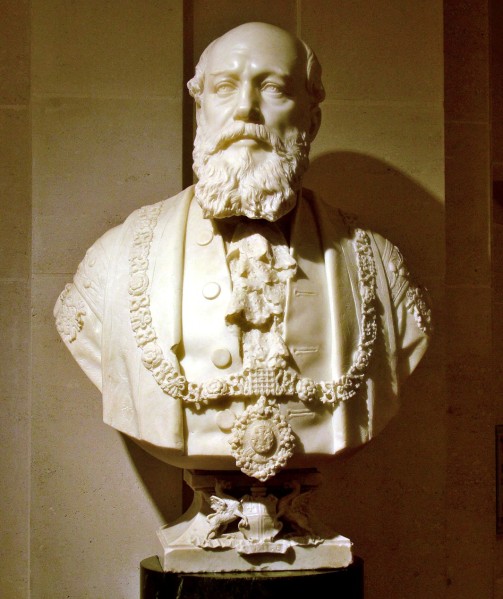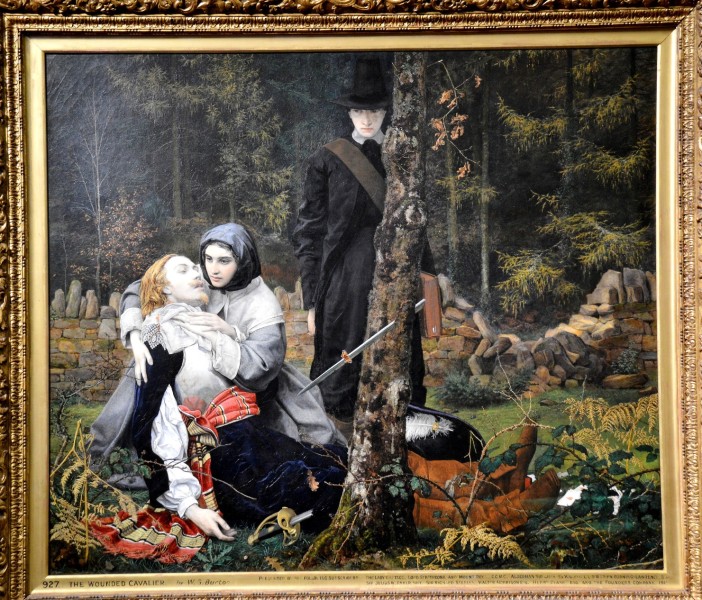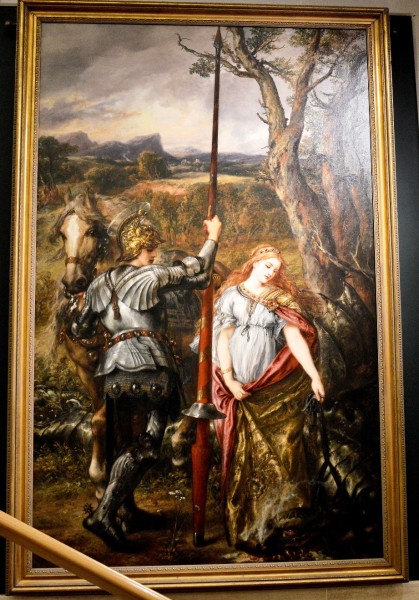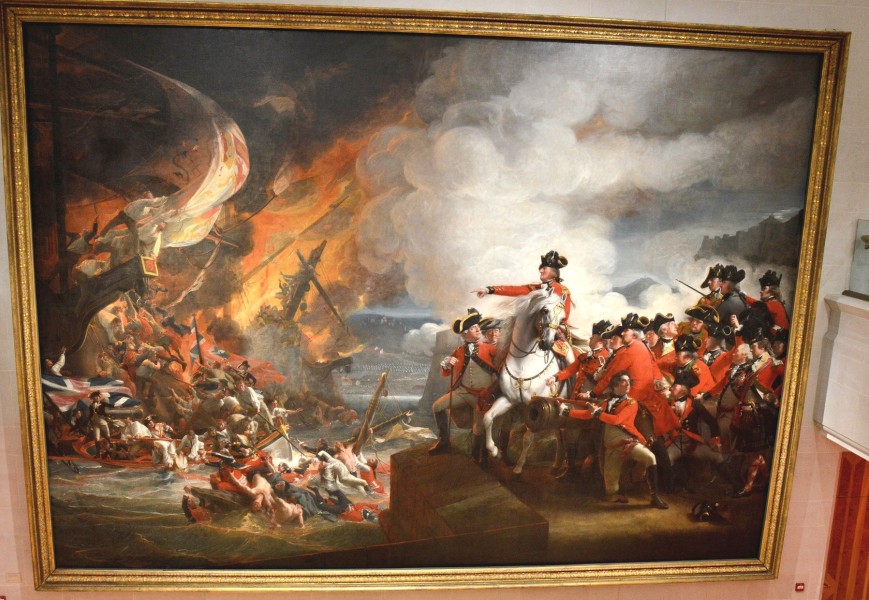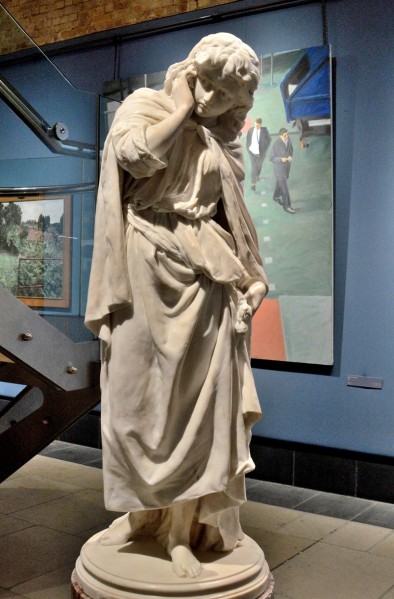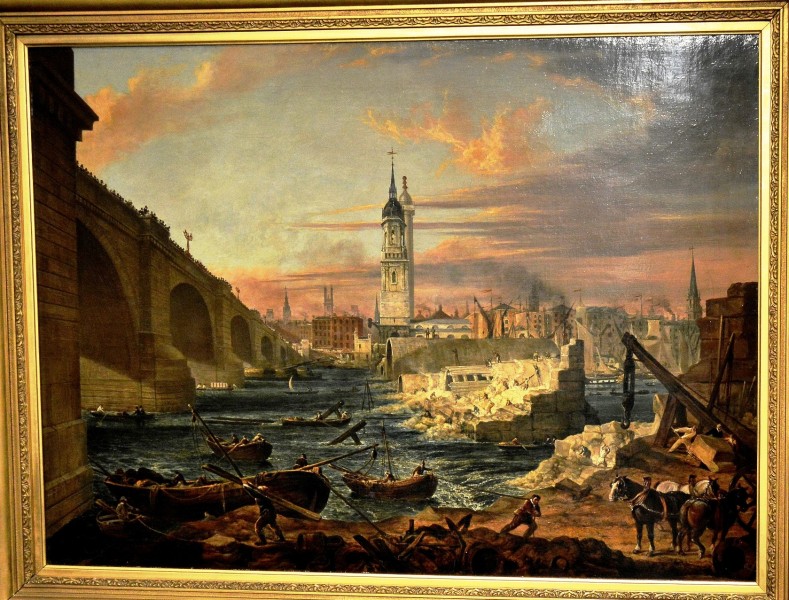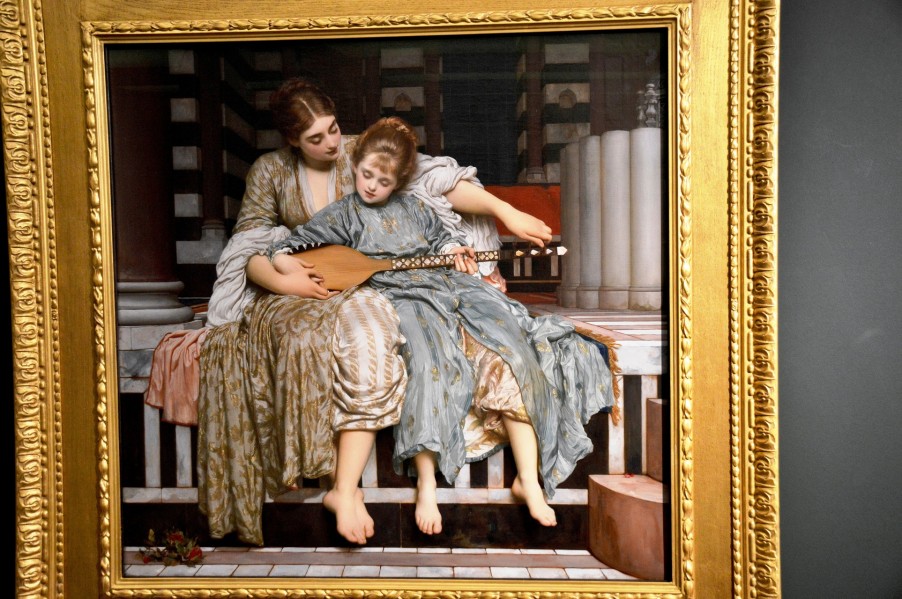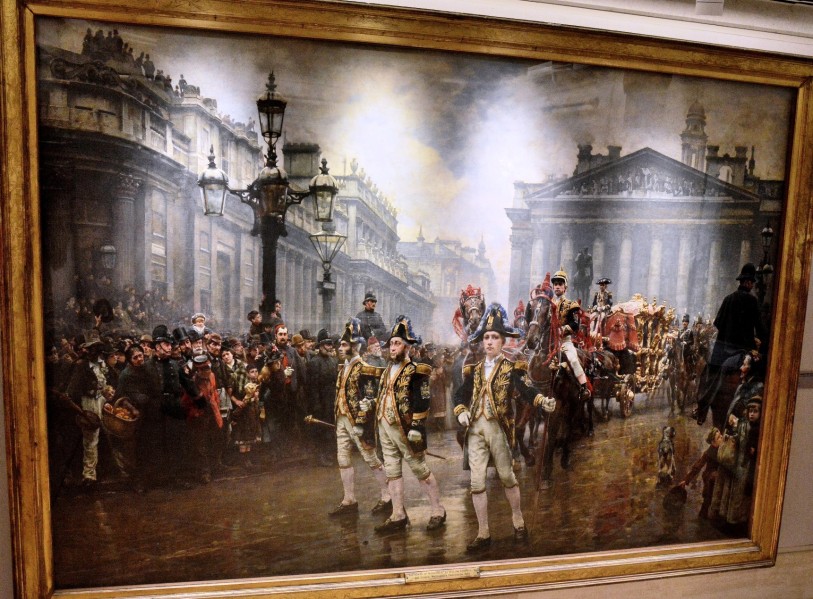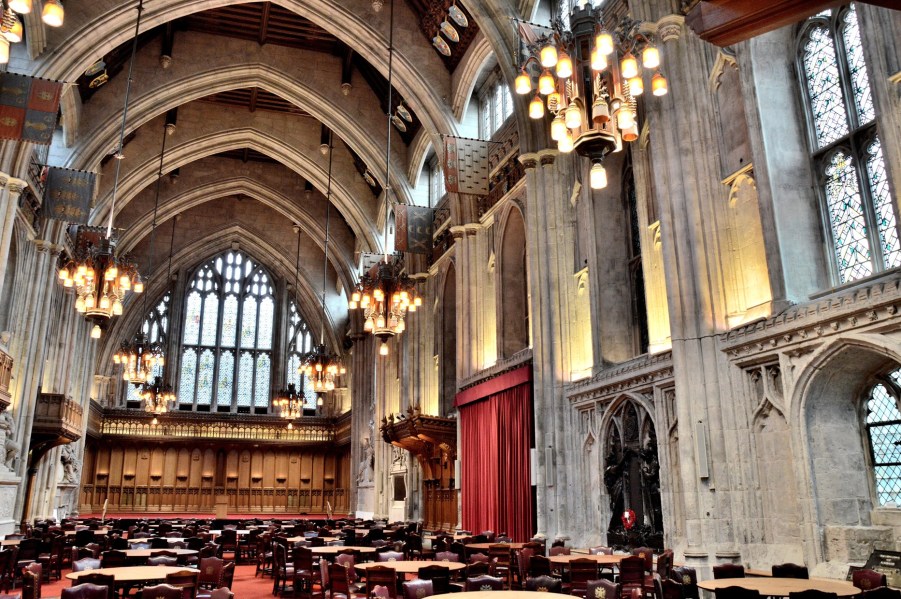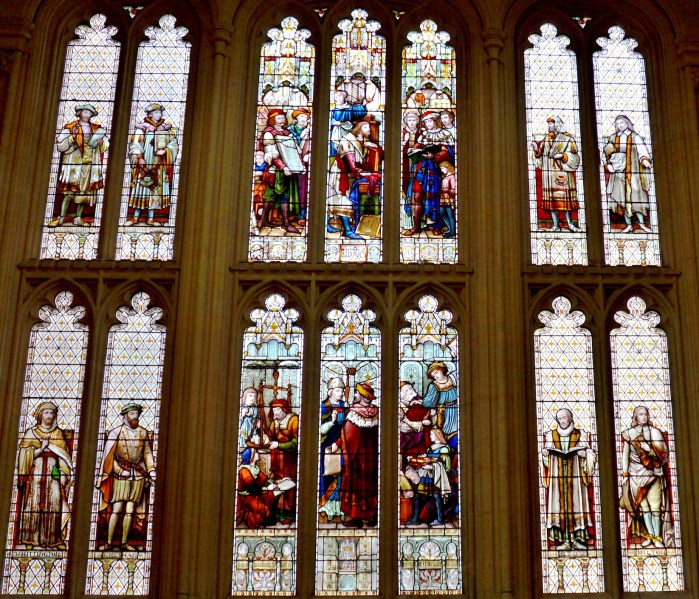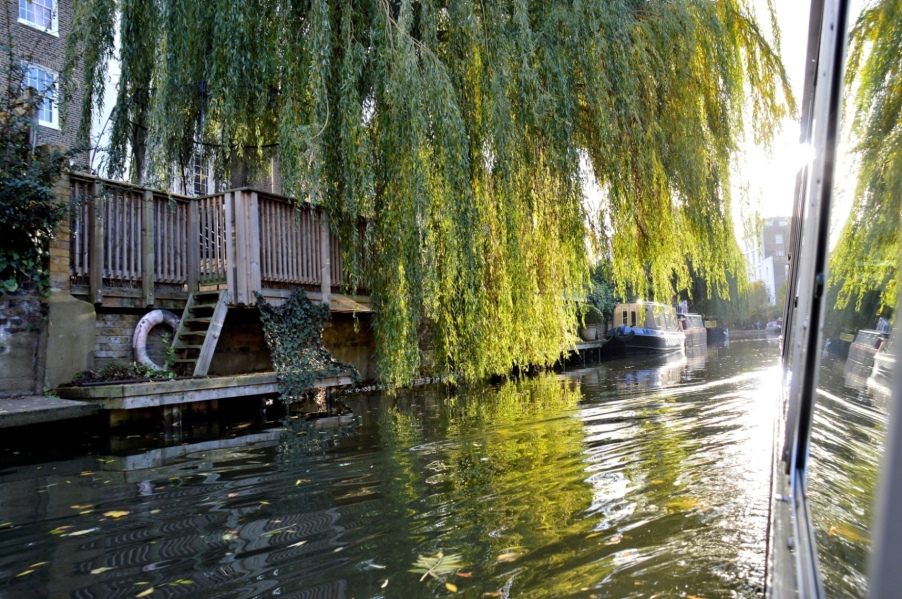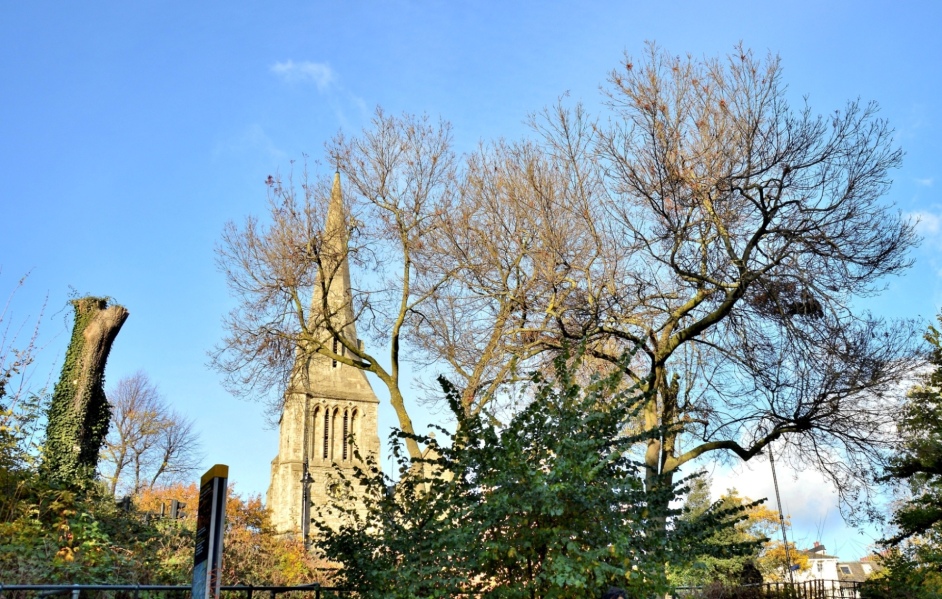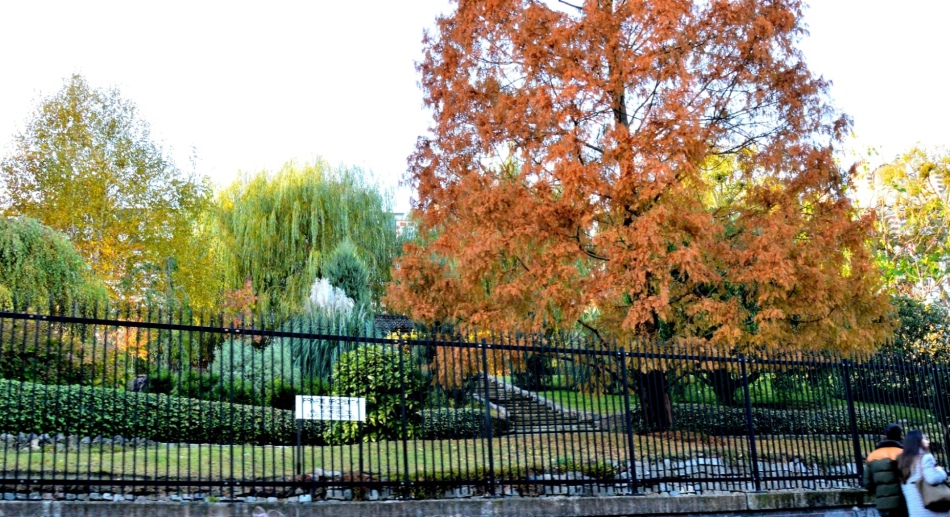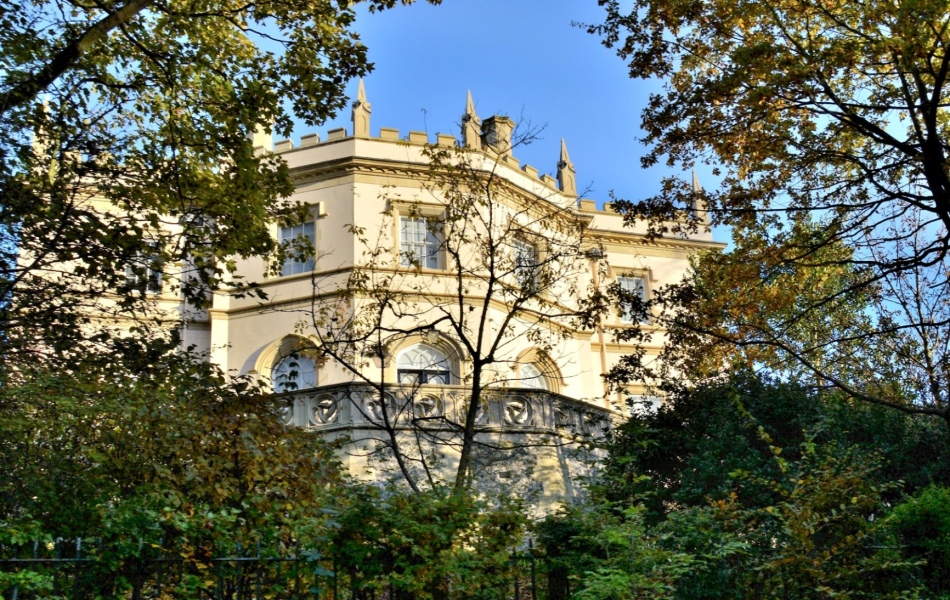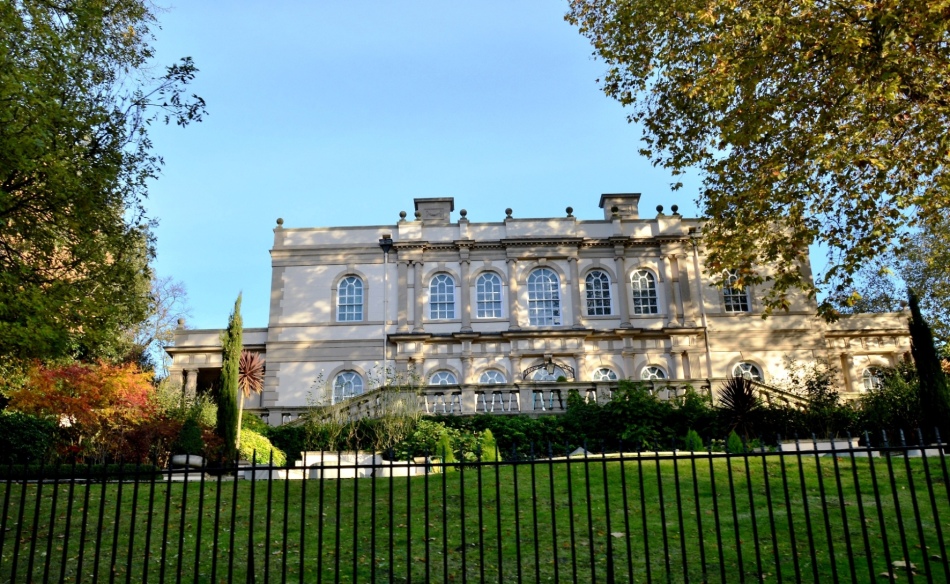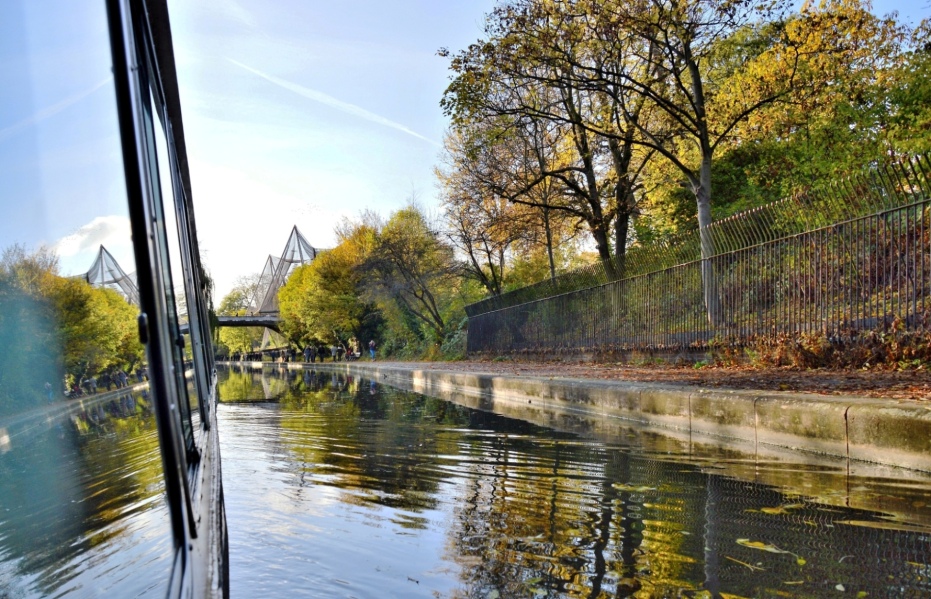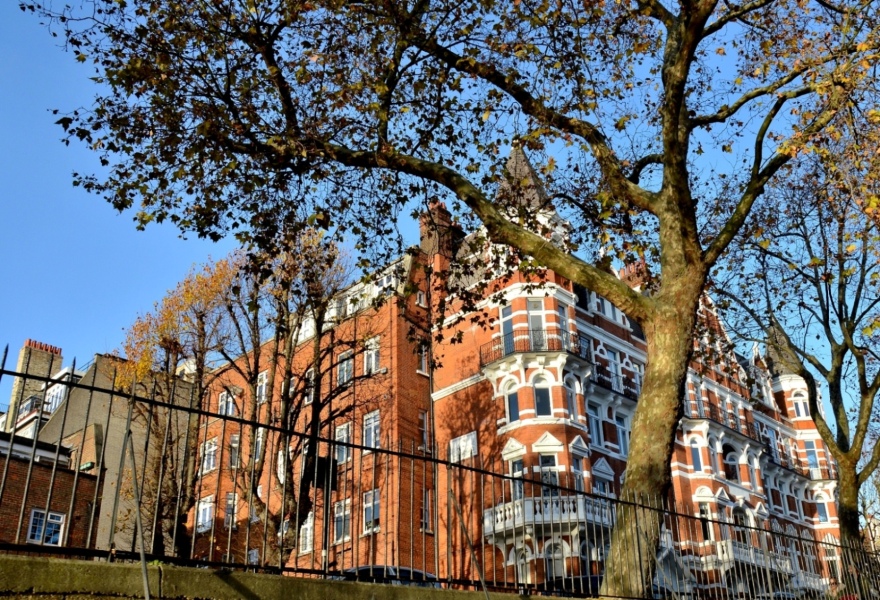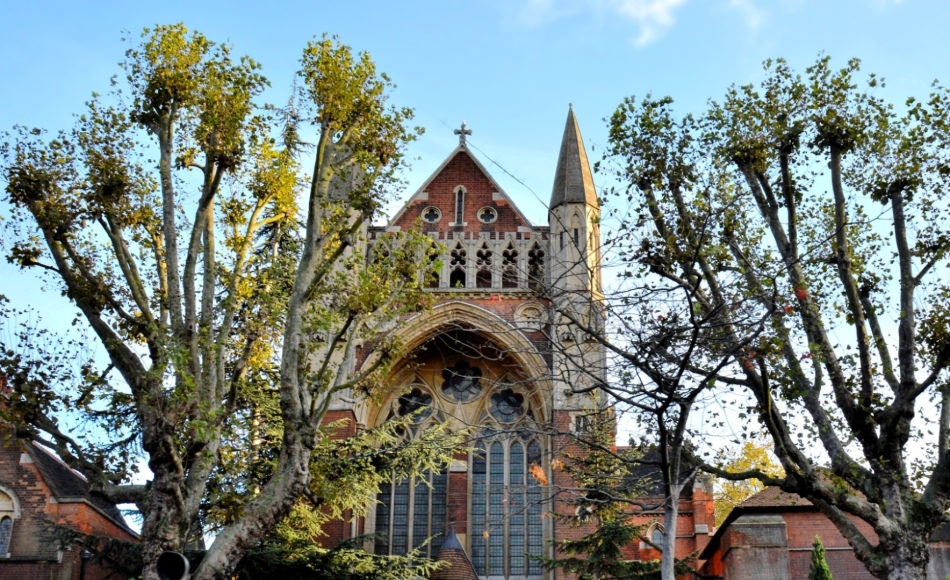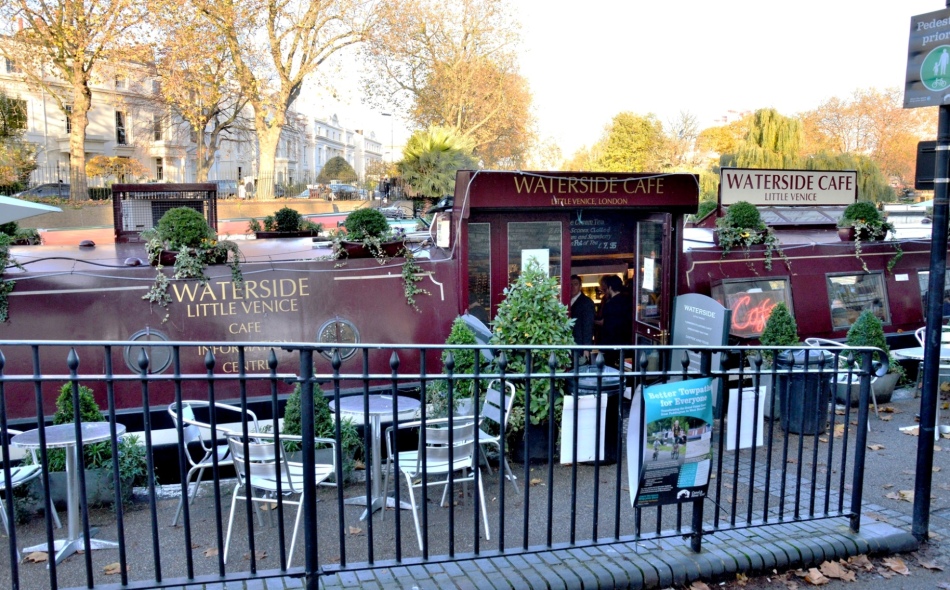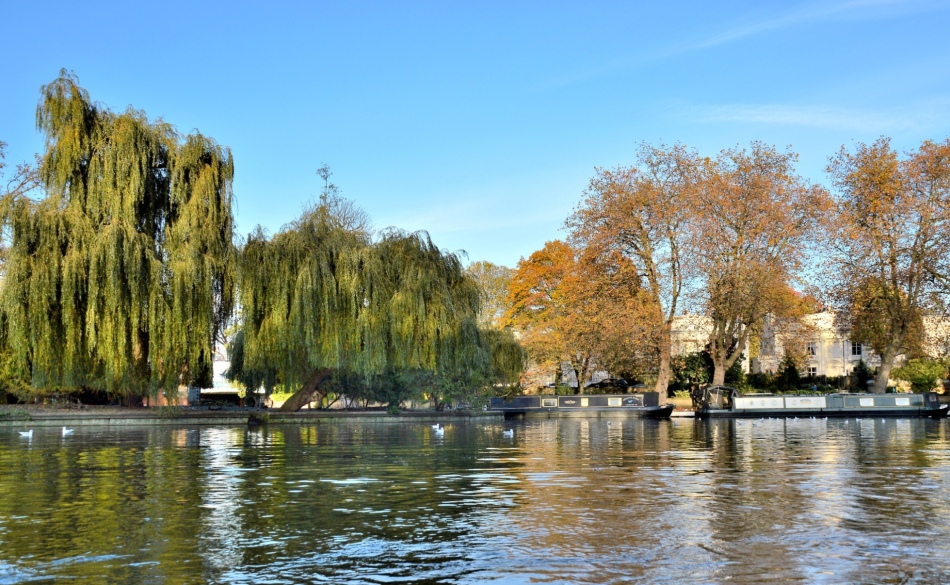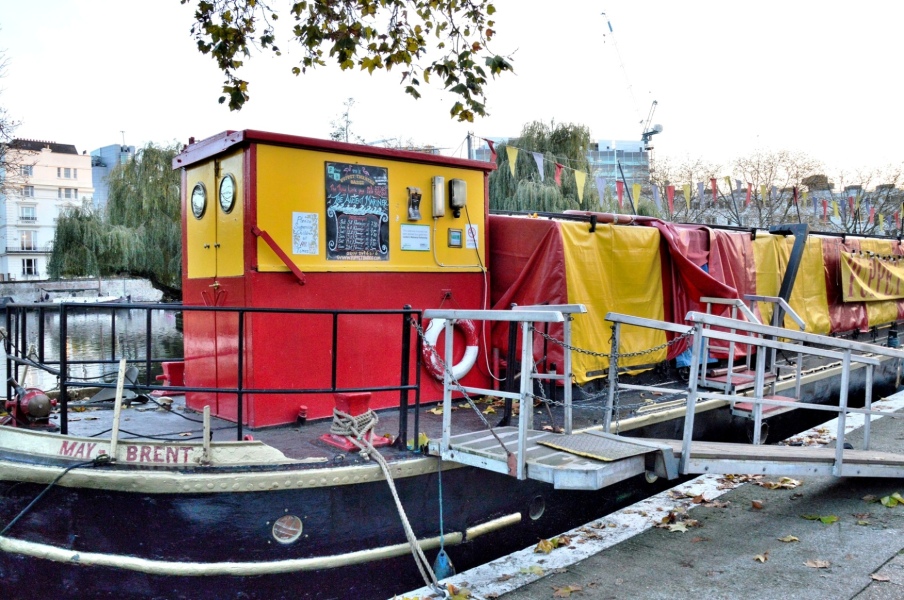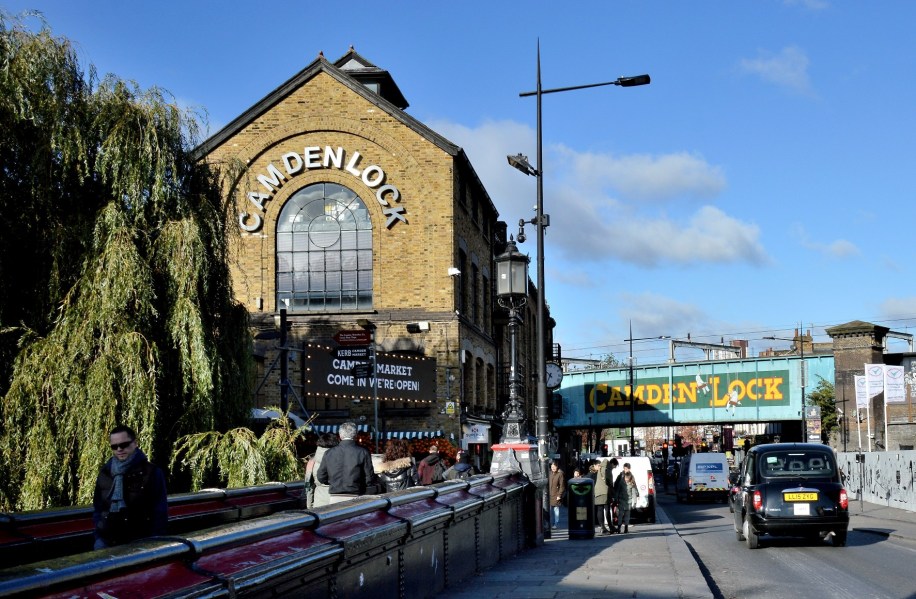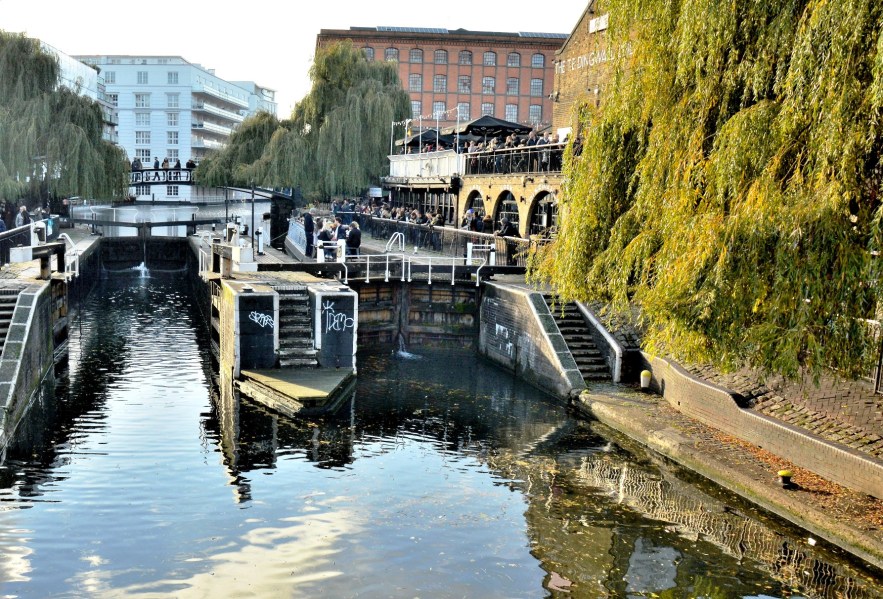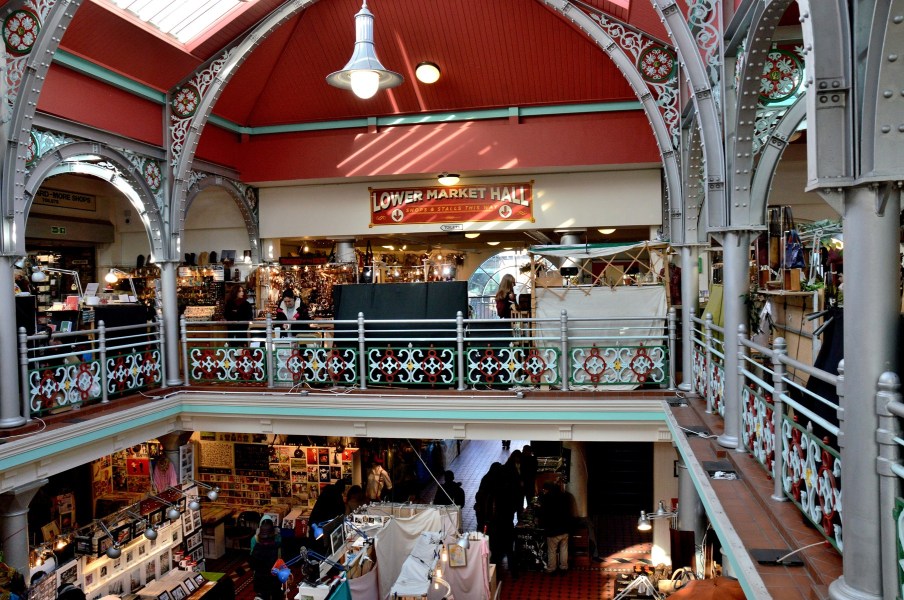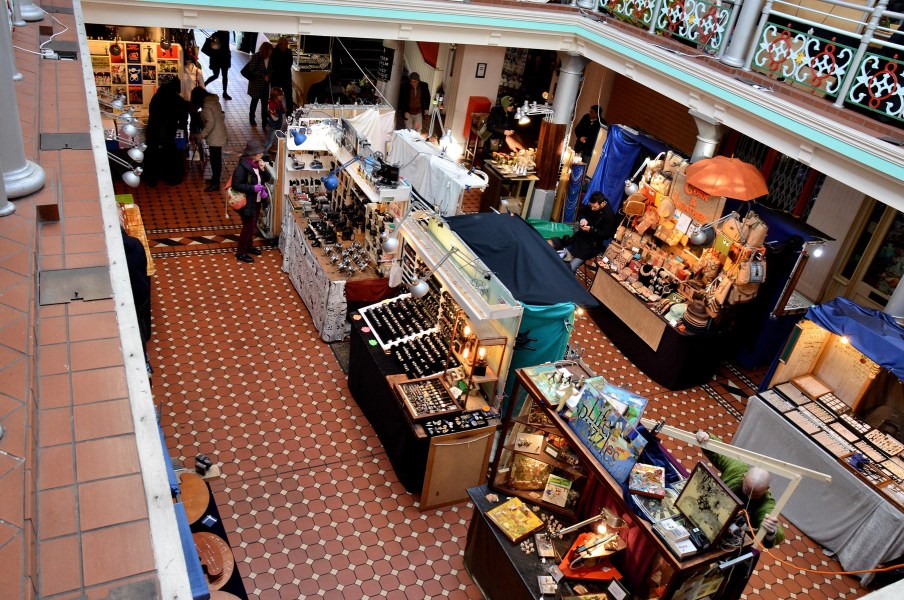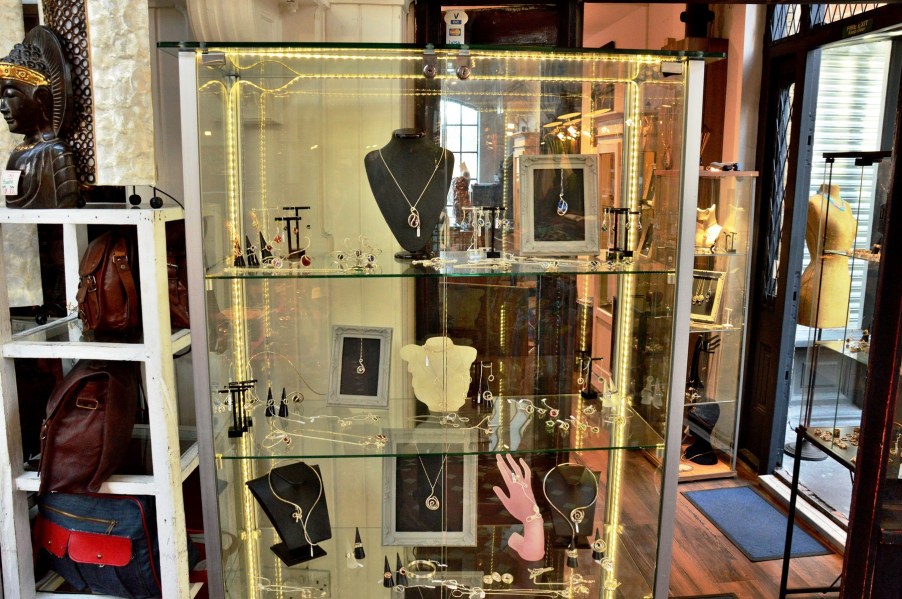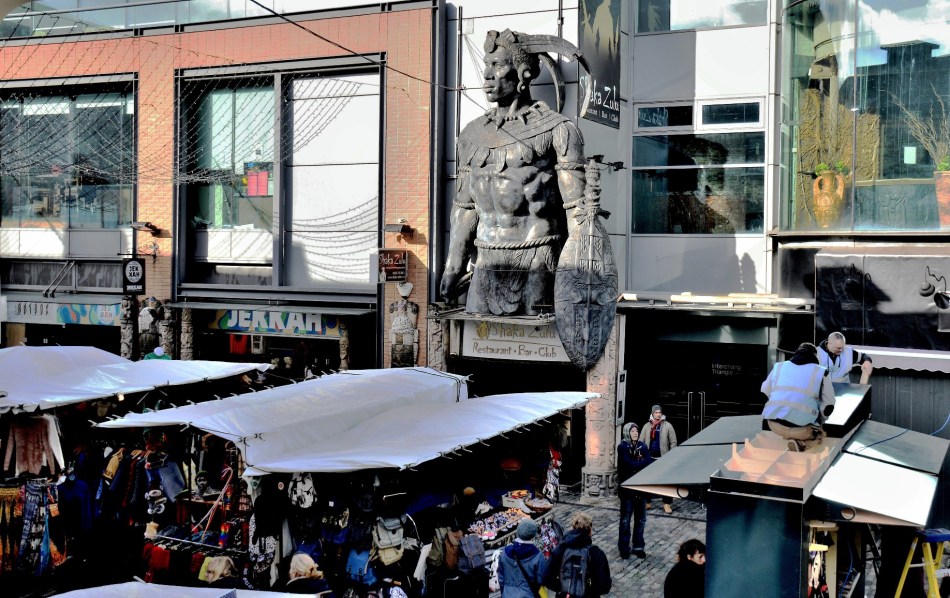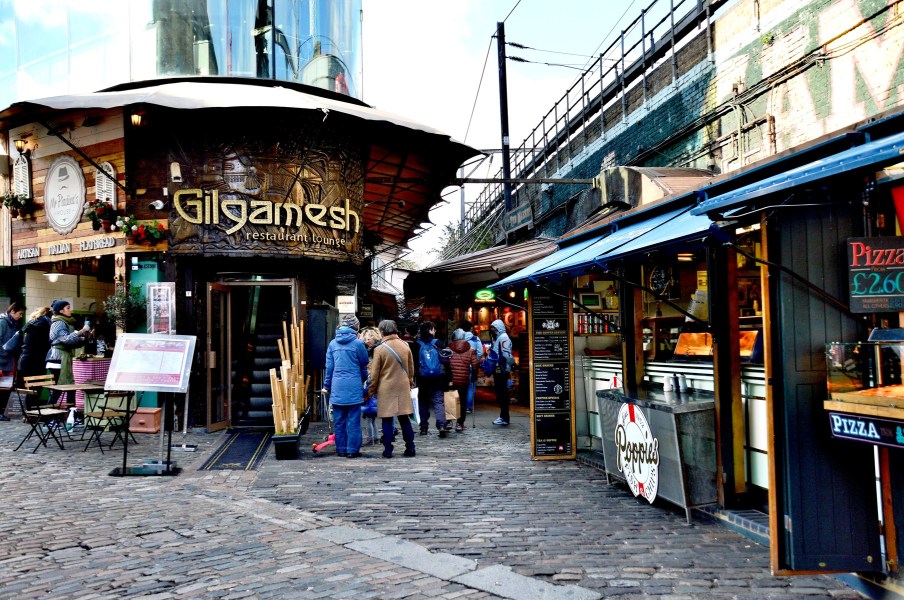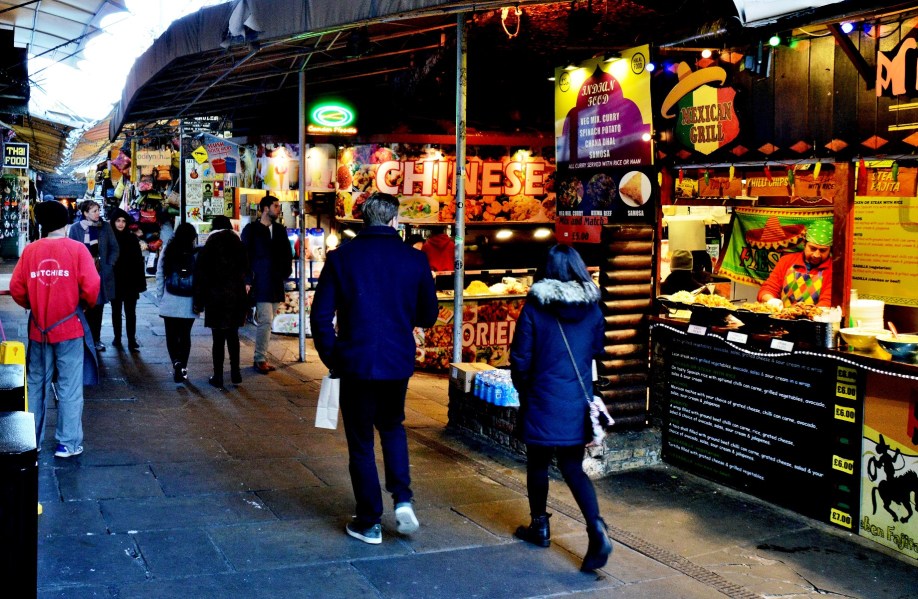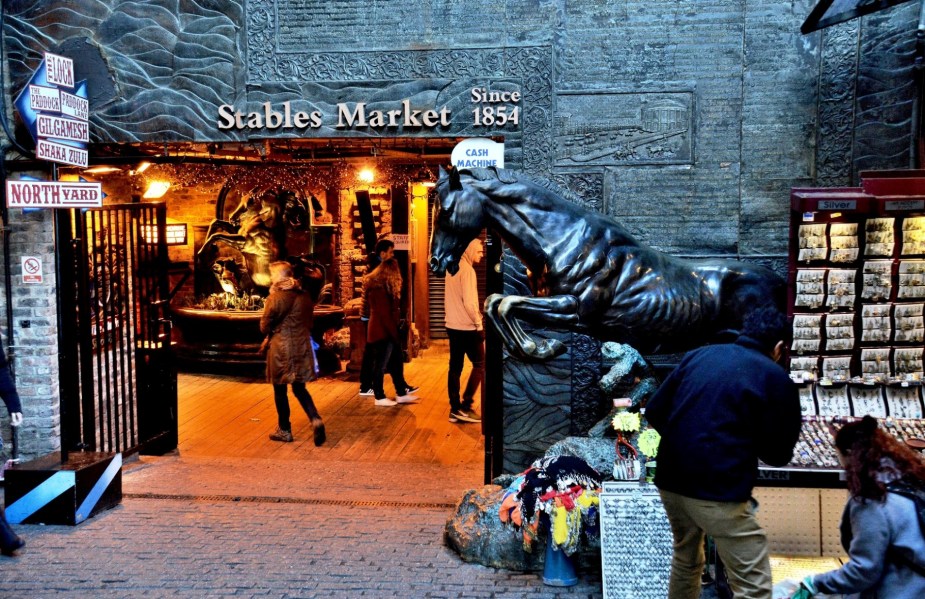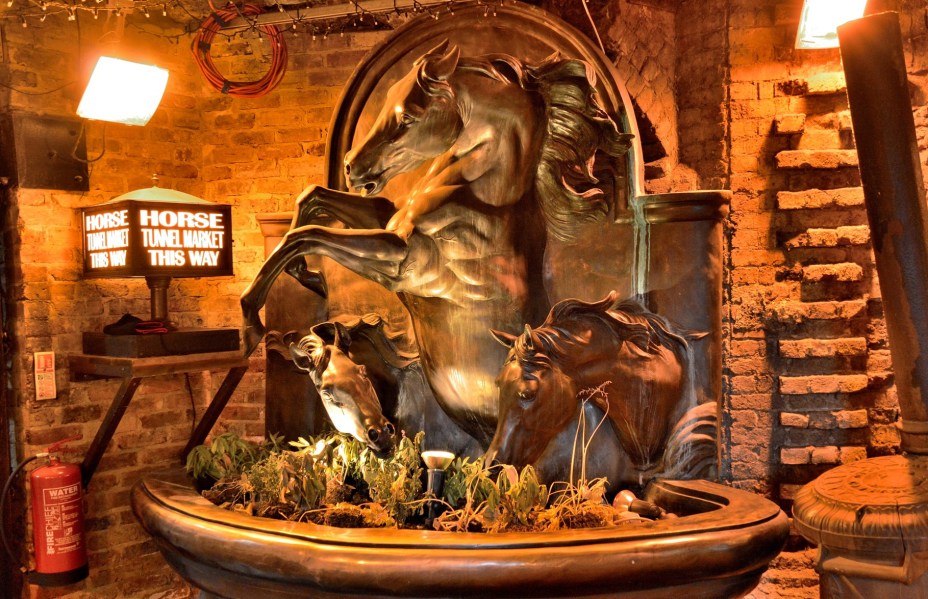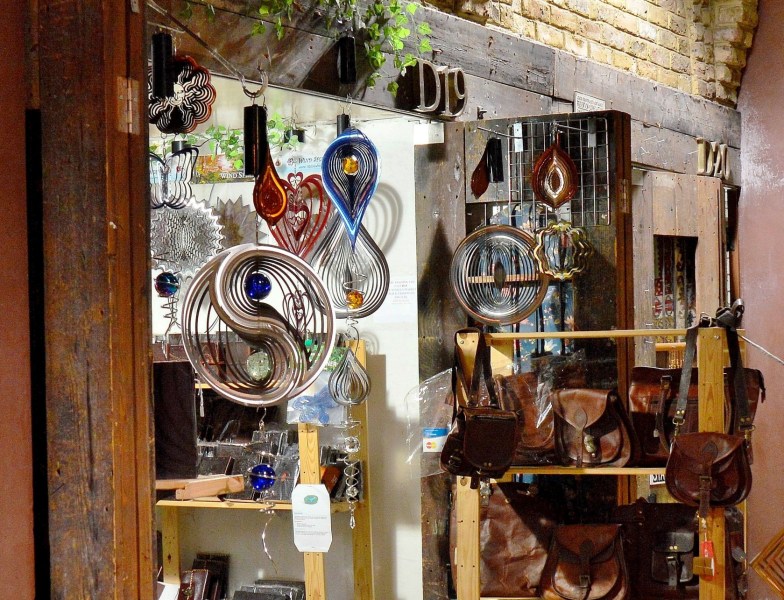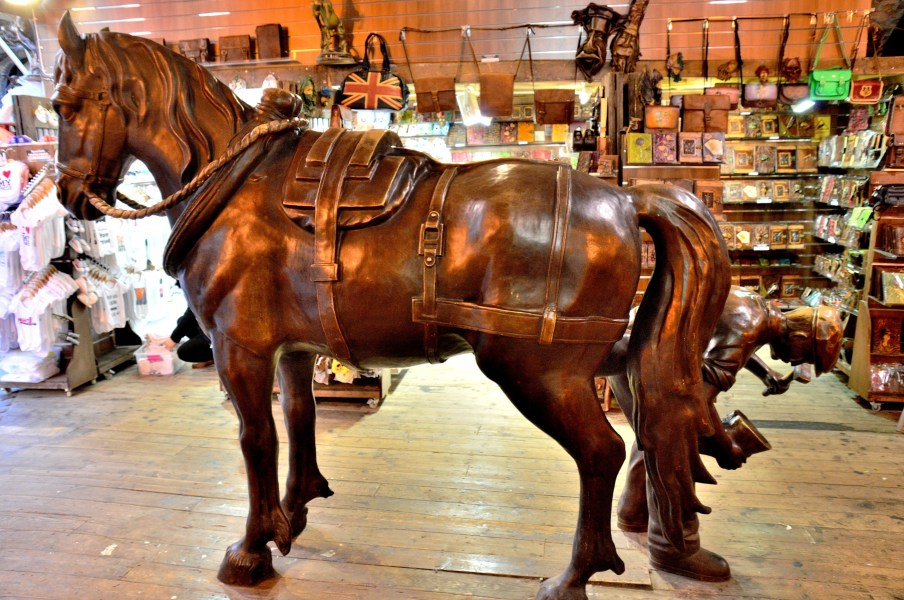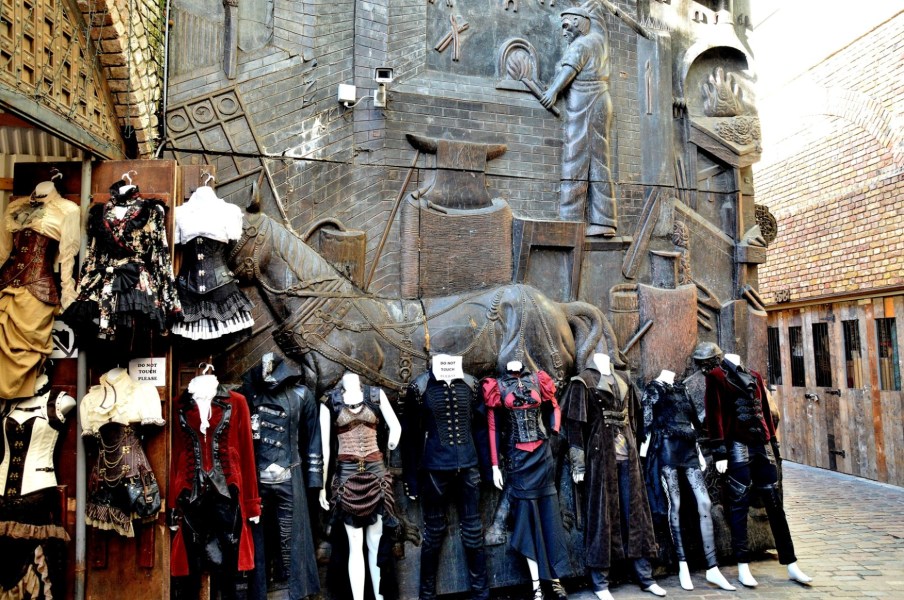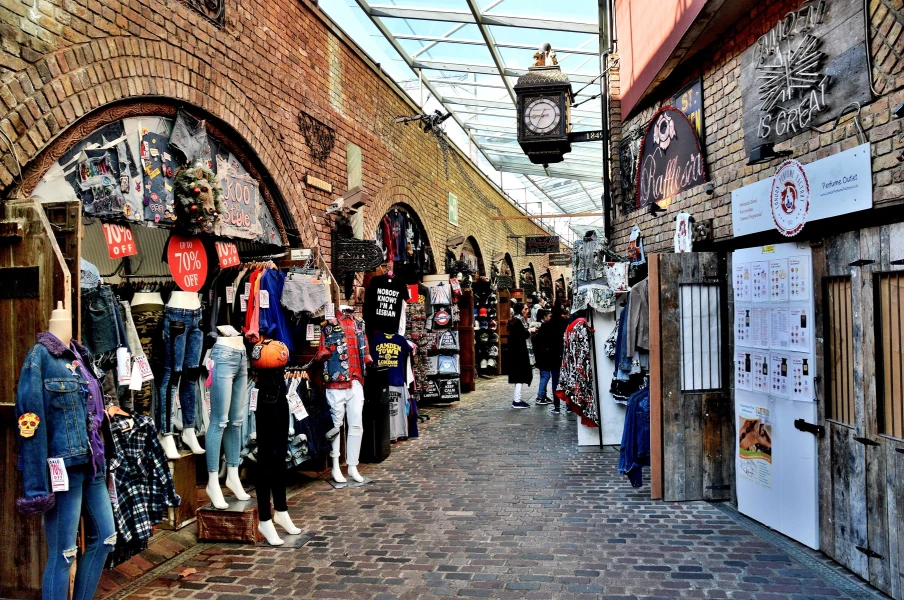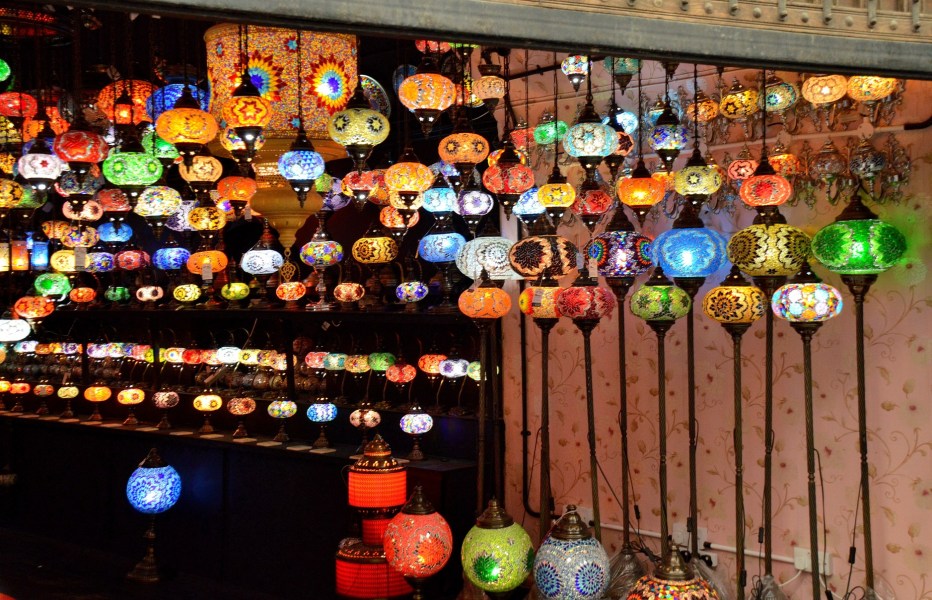About Picture this UK
Picture this UK (picturethisuk.org) Contains:- Best Places to Photograph in London, Best Places to Photograph near London, Best Places to Visit in London, Best Places to Visit near London, Best places to see in London and 100 + places to visit in London. Both inside and out.
Please click on the ⇒Gallery⇐ for more
Vestry House Museum, Walthamstow And
To the left is the Vestry House Museum (website ⇒) and to the right is a quaint corner ⇒ and a church with some stained glass.
The vestry House Museum history and artifacts.
There are always accusations of corruption. Both true and manufactured.
Edwin Alliot Verdon-Roe built and flew the first British working aircraft. It crashed, but only a little bit. He went on to produce the Avro 504, the most used British aircraft of of WWI. Initially WWI was called the Great War, they didn’t know there would be another.
The more modern style of bicycle had a chain and gearing so that the big front wheel of the penny-farthing was no longer needed. Bicycle clubs became very popular.
And, a pleasant garden out the back.
And, then there is a history of poverty and how it was dealt with.
Slowly, slowly it gets better. The desire to help keeps on being born, unstoppable and defiant. More at Wheels on Fire ⇐ .
And~
The Boat Lift. Re-titled the the True Nature of Humanity by blogger Cindy Hope and worth knowing the truth it speaks.
And ~
And, be strong and be defiant and great each day new day as a gift.
Postal Museum, London
The Royal Mail was first introduced by Henry VIII in 1516 and then made available to the public in 1635. Later it became part of the General Post Office (GPO) which included the telephone system. The Royal Mail has been integral to Britain’s growth and maintenance since early times. More information (prices and location) can be found on it’s website ⇒.
Since early times the mail had to be protected from thieves and pirates.
It continued through two world wars, delivering to military personnel as well as civilians
The Royal Mail introduced innovations like the pneumatic delivery system, where a cylinder was sent by compressed air along a tube. The Royal Mail system had more than 40 miles of tubes beneath London. And ~.
Just across the road and down the hill a little is the the old Royal Mail’s underground system, where you can have a pre-booked ride (please see the website link above).
And return pre-packed ready to mail home. 🙂
Harry Potter, Kings Cross Station and Platform 9 and 3/4
Inside Kings Cross one might find Harry Potter’s famous Platform 9 and 3/4
By heading for Platform 9 …..
.. and finding the shop ….
….. and then the Platform
You will have your photograph taken but only pay for if you want to buy at the shop. You can have a friend take photographs without cost. But, on busy days there is a queue.
There are tours of London film locations like this one ⇒ and the Warner Bros Harry Potter Film Studios ⇒ at 20 miles north-west of London. You can also google for travel inclusive tours. Have fun but watch out for those shop prices.

Lloyd Park, Walthamstow and a Mystery Tune
Lloyd Park is right behind the William Morris Gallery ⇐ which has a some outstanding exhibits. Lloyd Park ⇒ has some pleasant lawns amongst trees and is surrounded by a very pretty moat. Further down there is a quite beautiful mystery tune but I have no idea who created it. First the moat.
At the far end is the Delice café and some more park with an art gallery (next time). Meantime more of the moat.
Add a little whimsy and the mystery tune.
This tune has been passed around for years but nobody knows who created it or where it came from. So, if anybody can identify it, I would be grateful. Meantime it is beautiful, calming and very suited to the pictures.
And, back to reality, perhaps. 🙂
William Morris Gallery, Walthamstow
William Morris (1834 to 1896) ⇒ was a writer, illustrator, textile/wallpaper designer, a social activist and founder of the Kelmscott Press. He had a considerable influence upon design during and after the Victorian period and was a close associate of Rossetti, Webb, Ruskin and Burne-Jones.
The gallery is free to enter and contains additional works by Burne-Jones. It is not a huge collection but there is a lot of educational material and some artifacts with a real wow factor. In addition the gallery provides an online collection, exhibitions (Mary Morris from October 2017 to January 2018), workshops and masterclasses. Please see the gallery website ⇒ . The easiest way to get to the gallery is at the bottom of this page.
More of William Morris can be found at the Red House ⇐ in Bexleheath (south-east of London) where he founded the decorative arts company, Morris, Marshal & Faulkner & Co which included wives and other family members.
The above wallpaper was for Queen Victoria and required 66 separate woodcuts (that’s how it was done) for each section.
The stained glass is by Edward Burne-Jones
For a closer look please right-click on the image, select “open in a new tab” and then left click in the tab/image to enlarge.
Ruskin advised aspiring artists to copy a work by Albert Dürer “until you can’t look at anything else”. William Morris and Edward Burne-Jones spent hours with the above Knight, Death and the Devil.
.
The easiest way to get to the gallery is by traveling to Tottenham Hale Rail Station (or Blackhorse Road Staion) and then take the number 123 bus which stops right outside the gallery pictured below.
Behind the gallery is the gallery garden and further on is the very pretty Lloyd Park ⇐. Together with the free gallery it makes a very pleasant day out. 🙂
Victoriana at 18 Stafford Terrace and the Sambournes
Edward Lynley Sambourne and his wife (Marion) took residence of 18 Stafford Terrace in Kensington in 1874. The Sambourne family and descendants maintained the Victorian style and content. The house was taken over and maintained by the Victorian Society and then the Royal Borough of Kensington and Chelsea in 1989.
The website ⇒ is informative, interesting and shows much of Edward Lylynley Sambourne’s work as an illustrator. There are a variety of tours available and open house (when photography is allowed) on some afternoons. Hence the website is an essential read for those who wish to visit and may wish to note there are four flights of stairs without a lift.
The website is also used by Leighton House. An interesting place but photography is not allowed (2017).
For 40 years Edward Lynley Sambourne was notable contributor to the comedic and satirical magazine Punch ⇒ (its website includes a large gallery of cartoons). The house at 18 Stafford Terrace is full of drawings, artworks and some very fine stained glass. He also created the earliest draft drawings for the illustrated version of the Rev Charles Kingsley’s book the Water-Babies. More of Edward Lynley Sambourne’s work ⇒ as shown on Flickr.
The house and its atmosphere has been so carefully preserved that it is like walking back in time, although one can only enter the edge of each room. Enjoy ~ 🙂
. . and goodnight all. 🙂
The Foundling Museum, London
The Foundling Museum includes history and artifacts of the Foundling Hospital. The creation of the hospital began as a campaign in 1720 by sea captain Thomas Coram to relieve the plight of abandoned children. Eventually, in 1739, a charter for a foundling hospital was granted by King George II. Over the years the charity was supported by notables such as Handel, Hogarth and Charles Dickens..
The museum holds a number of exhibitions and displays and it is well worth checking the website ⇒, the hospital history ⇒ and Coram’s Charity history ⇒.
The hospital was based on well meaning intent and saved many young lives. Nevertheless, life could be harsh in a stern regime especially for boys, as told by the harrowing tale of Tom Mckenzie (The Last Foundling ⇒).
Although perhaps not all the time.
The museum contains numerous works of art donated by the artists.
Hetty Feather was a temporary exhibition based around the heroin’s exploits at odds with the strictures of a foundling’s life. The stories have been in book and TV form.
The young patients at Great Ormond Street Hospital, inspired by the Hetty Feather stories and the lack of kindness that they expose, produced a number of art works telling of the kindness that they receive in more modern times. Some are on show at the Foundling Museum. This one caught my eye.
The Kindness Scale.
I have always believed and always observed that when children are treated with wisdom and shown kind example then they show us the the true nature of humanity. Another example that kind nature being here ⇐ and more of the past that made the present in Wheels on Fire ⇐.
Have a kind day.

Battersea Park And Children’s Zoo and Otters

“Clare? Clare?! Are you listening to me?” “I’m not talking to you, Richard!” – Contributed by blogger Dunelight
More beautiful otters below. First Battersea Park. The park is larger than it looks and provides a boating lake, children’s play areas, a plant shop, bicycle hire, cafeteria and children’s zoo. More ⇒.
Battersea Park Children’s Zoo
There is an entrance fee for the zoo. More information and a broad range of facilities for children can be found here ⇒. Below are a few fun photographs but there is a lot more to see.

The park has modern technology. Here is its e-mu.
Young children can take a tunnel into the bubble and see the meerkats close up.
And, right next door are the otters.
Its feeding time and the otters wait by the magic door.
And, each have their own portion.
Time for a little lie down after all that walking about.
A Rare Opportunity to Photograph Inside London’s St Paul’s Cathedral
No longer available for 2017: There is a rare opportunity for visitors to photograph the interior of London’s St Paul’s Cathedral between 6:30 pm and 9 pm (last entry 8:15 pm) on the evenings of :-
- Thursday 27th July 2017
- Thursday 10th August 2017
- Thursday 17th August 2017
- Thursday 24th August 2017
- Friday 25th August 2017
- Monday 28th August 2017
- Thursday 31st August 2017
This is for hand-held non-commercial photography only and the upper galleries will be closed for the evening.
For those without cameras suitable for low-light conditions, the early evening may present the best opportunity.
For more information, ticket prices and booking in advance please click-on Summer Lates ⇒
—————————————————————
For a preview (photographs from 2015) and general admission, please click-on St Paul’s Cathedral ⇐ .
For permits and commercial photography/filming, please see here ⇒.
Enjoy.
Crossrail Place Roof Garden
Slightly to the east of central London there is the the high rise complex of Canary Wharf. Amongst the tall buildings there is the new roof garden of Cross Rail Place beside West India Quays station on the Docklands Light Railway. The garden is only a short distance from the Museum of London Docklands⇐ (not to be confused with the larger Museum of London ⇐).
The garden is quite new and doesn’t have a lot of colour yet but is a pleasant place for a short stroll or just quietly sit.
There are two piano’s for anybodies use.
A view of the rood garden on top of an area of shoperies and eateries as seen from West India Quays station. The building in the distance isn’t really leaning to one side, it’s just a peculiar perspective. 🙂
The London Garden Museum in Lambeth
The London Garden Museum is situated in and around the old church of St Mary adjacent to Lambeth Palace. The church has origins dating back almost a thousand years. It was deconsecrated in 1972 and saved from demolition by Rosemary Nicholson. By 1977, Rosemary and her husband John had converted the old church into the world’s first Museum of Garden History. Rosemary and John were admirers of John Tradescent ⇒ who is buried at St Mary and is credited as being the first great British gardener and plant hunter. In more recent times the venue has become known as The Garden Museum.
In 2016 the museum was closed for remodeling, making use of a Heritage Lottery grant. It was re-opened in May 2017. Unfortunately the beautiful Knot Garden ⇒ has been lost during the remodeling and the external gardens still need some work. The external gardens and café are free to enter but there is an entrance fee for the museum. Website ⇒.
The seemingly humble lawnmower has been of considerable influence. Before its invention, by Edwin Budding in 1830, grass was cut by scythe. Only the rich could afford such a labour intensive luxury. Even so it was only rough cut compared with today’s standards. It was because of the lawnmower we have the English garden and advancements in lawn tennis, lawn bowls, cricket and golf.
The inside of the old church is in good condition and alongside of some gardening history are there is some quite stunning stained glass.
The potato, which has become an important food staple, was first brought to Europe from Peru by the Spanish in the latter part of the 16th century although Sir Walter Rayleigh is credited with bringing them to England a little later. In Britain we refer to the potato chip as a crisp and the British chip is a kind of thick french fry. Fish and chips being our main contribution to international cuisine. 😀
The Ancient Order of Free Gardeners began in Scotland in the 17th century. The ancient order’s fortunes have been somewhat variable, more ⇒ . Personally I think making people believe one’s services are for free is asking for trouble. 😀
A good view of this window is difficult because somebody put a garden shed in the way. Really. I think it’s an experiment in avant-garden 😀 . I wrote them a note on the subject. They haven’t written back.
Although close to a busy thoroughfare and still a work in progress, the garden is free and a pleasant place to sit. 🙂

Canal Boat Cavalcade 2017 at Little Venice
There is a pool at the junction of the Regents Canal and Grand Union Canal that is now known as Little Venice. Every year there is a Festival and Cavalcade of canal boats. Some have traveled hundreds of miles using the vast network of canals that were once the lifeblood of Britain’s trade and industry.
There is a pleasant waterbus ⇐ between Camden Lock and Little Venice. At Little Venice there is a floating café and an enchanting puppet theatre ⇒ for all ages.
Canal boats became ornamental even as working boats.
A Small Sample of the Cavalcade
Some of the Characters
The ugly duckling.
“One likes to be a good sport, but if one more reveler refers to me as loofah neck I shall scream”.
Mudchute London City Farm
Mudchute London City Farm ⇒. “Set in 32 acres of countryside in the heart of East London, the Mudchute is a community charity, with a working farm, stables, a children’s nursery and a wide range of education activities. We are open every day, free of charge”. There are also miniature ponies, goats, lamas, alpacas, donkeys, ducks, geese, sheep, a pets corner, a small aviary, a nature trail, a shop/café and a restored WWII ack-ack gun.
The area originally acquired its name from being a dumping ground for the mud/silt being dredged from the Millwall Docks during the 1800’s. History ⇒.
I started from the Pier Street entrance/exit and only had enough time to photograph some of it.
The farm is very child friendly. Whilst there I saw some little ones, with spades taller than themselves, cheerfully moving earth from one place to another.
The top of the fence is open but it keeps out the foxes and the farm’s cat who, of course, thinks he owns the place.
The farm is just a little south of the greatly regenerated London Docklands.
“Well hello, good evening and welcome”
Some breeds of ewes have horns. I think that these are a mix of Jacob sheep and White Face Woodland sheep.
At first they were very interested in visitors, but it didn’t last long. Loss of interest was quickly followed by a lot of very loud baaing. I finally realised that nibbles, bought from the shop, were expected .
“Nibbles ?”
“Baaaa. This one ain’t got no nibbles, Baaa”. “Baaa, you tell ‘im Agnes”. “Yeaaah baaa, can’t come around ‘ere with no nibbles, the cheek of it, baaa”.
“I’ve had my nibbles and I’ve got a rhythm stick”
Fearing the firing squad, I departed.
These are either llamas or alpacas. I’ll avoid the obvious joke of not wanting to stick my neck out on that.
“Just having lunch at the moment”.
“Oh yummy the gourmet table”.
“Carrot, what carrot !”.
From the other side of the farm looking south. There is an exit/entrance near here to Mudchute Docklands Light Railway (DLR) station.
I hope enjoyed your visit.
In East London there is also Hackney City Farm ⇒ and Spitalfields City Farm ⇒.
Westminster Cathedral
Westminster Cathedral (Wiki) ⇒ was built in the Byzantine style and completed in 1903. It is free to enter and photography is allowed, although perhaps best to avoid when used for Mass ⇒. The Cathedral is on Victoria Street, very near to London’s Victoria Station.
Westminster Cathedral should not be confused with Westminster Abbey ⇒ which is much older (1089 AD). The Abbey is worth seeing but does charge for entry and does not allow photography.
The lower part of the Cathedral is very ornate but the upper ceiling and walls are bare dark brick. I found it best not to look.
There is a small museum of religious regalia and a lift up the tower to a viewing platform. There is a small charge for each of these extras, paid for at the Cathedral shop.

Inside Westminster Cathedral
Westminster Cathedral Museum
Westminster Cathedral View from the Tower
There are views in every direction from the tower. I thought this one, to the East, was the best. One can see the Palace of Westminster ⇐ in the centre and just beyond is the Shard of Glass. There is a tremendous view from the top of The Shard ⇒ but they do charge (it is worth looking for the online and half-day saver tickets).
Westminster Abbey (the white building with two towers) is just to the left of the tallest crane. The tall brown building is Transport for London which is not presently open to the public (information thanks to comments by Simon J Kyte).

Museum of the Order of St John
The Order of St John (St John’s Ambulance Brigade) was founded in 1099 and is an international organisation. The museum is on St John’s Lane which is off Clerkenwell Road. That part which is frequently open, is not very big but packed with educational placards and video.
On a tour day there is additional access to upstairs rooms and artifacts, see the website ⇒. Further down this page there is a virtual tour of the upstairs rooms and a video about the Order of St Johns and St John’s Ambulance Brigade .
The short history is concise and well presented.
Please see the website ⇒ for tour days and use the contact details to determine if photography is allowed on tours.
There is no sound with the virtual tour.
Postman’s Park
Postman’s Park contains a wonder. “The Material Prosperity Of A Nation Is Not An Abiding Possession: The Deeds of Its People Are”. There are many plaques, each tell a story.
The park is opposite the entrance to London’s St Bartholomew’s Hospital on King Edward Street. It is small but has many benches and is very pretty in summer (this is a dank day in February). About Postman’s Park ⇒.
For a closer view please right-click on an image, choose “Open Link in New Tab” then left click on the image to magnify. Close the new tab to return here..
They weren’t famous people and could easily have been forgotten. George Watts made sure that they were not.
.
.
.
.
.
Museum of London Docklands
14 pics. The Museum of London Docklands ⇒ is in the Docklands region (nearest rail being West India Quay on the Docklands Light Railway) and is all about the history of the Docklands as distinct from the more extensive history of London at the Museum of London ⇐ at 150 London Wall.
The Museum of London Docklands is full of historical information, is free to enter and non-commercial photography is allowed.
There is a lift that goes to the top floor, which is a good place to start. I do prefer stairs that go down.
The Sailors Walk
.
.
.
More Exhibits
.
In Commemoration of the Great Strike Sept 1889 ⇒.
.
For a closer look of the history please click on the image and then again to enlarge.
There is an extensive area covering the war years during which the docks were a prime target..
.
London Docklands Now
.
For more of the Past That Made the Present there is Wheels on Fire ⇐, a timeline at the Science Museum ⇐ and the History of Navigation ⇐.

Museum of London
34 pics. The Museum of London ⇒ is at 150 London Wall (as distinct from the Museum of: London Docklands ⇐). Inside is a quite extensive and interesting museum with a timeline that begins on the top floor, from prehistoric times to present day. The museum is free to enter and non-commercial photography is allowed.
The museum is a short walk along St Martin’s Le Grand from St Paul’s underground rail station (central Line) .
Educational sessions, including those for young students, are available.
There are a large number of prehistoric, bronze age, pre-Roman, Roman, post-Roman (Saxon) and Norman exhibits. Alongside are a number of educational placards and films. Too many items to show here and get to the exhibitions of later London. So, here is just a taste of early times.
.
.
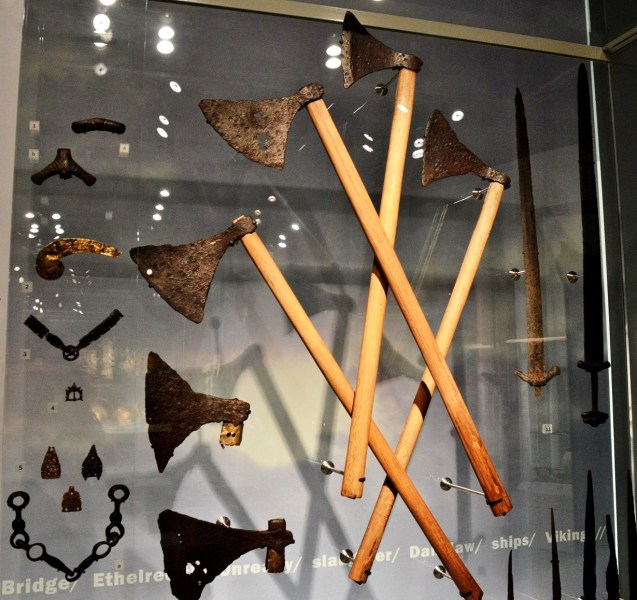 When the Romans finally left, about 400 AD, England was mostly populated by Saxon settlers and invading Norseman/Danes (Vikings) in the north. The Saxons were weren’t necessarily all that war-like but spent most of their time farming. The Norseman were commonly seafaring traders, it is just that some of them were a bit cantankerous.
When the Romans finally left, about 400 AD, England was mostly populated by Saxon settlers and invading Norseman/Danes (Vikings) in the north. The Saxons were weren’t necessarily all that war-like but spent most of their time farming. The Norseman were commonly seafaring traders, it is just that some of them were a bit cantankerous.
On the other hand (imported from Waltham Abbey and King Harold’s Day ⇐ ) :-

 In 954 Alfred (the Great) became the first King of All England. By 6th January 1066 the position was taken up by Harold Goodwinson (Harold II). On 25th September 1066 Harold Goodwinson defeated the viking forces of Harald Hadrada and Tostig at Stamford Bridge in the north. Harold was then faced with a forced march of 241 miles to fend of the Norman invader, William (the Conqueror), in the south. By October 14th the Saxon forces were defeated and Harold killed. Thus began the Norman era and thence the reign of the Plantagenets and then the Tudors.
In 954 Alfred (the Great) became the first King of All England. By 6th January 1066 the position was taken up by Harold Goodwinson (Harold II). On 25th September 1066 Harold Goodwinson defeated the viking forces of Harald Hadrada and Tostig at Stamford Bridge in the north. Harold was then faced with a forced march of 241 miles to fend of the Norman invader, William (the Conqueror), in the south. By October 14th the Saxon forces were defeated and Harold killed. Thus began the Norman era and thence the reign of the Plantagenets and then the Tudors.
Within the old city walls, William the Conqueror should only be referred to as William. This is because he did not conquer London but instead gave it a charter.
To see the timeline click-on and then again to magnify. It surprised me to note that our Magna Carta (in 1215 a limited Bill of Rights) was signed at roughly the same time as Genghis Khan conquered Persia.
.
Between 1558 and 1603 was the great boom of wealth, culture and global influence of the Elizabethan era. The effect continued for some time after.
Sorry about the glare, I couldn’t find a way around it.
Britain and particularly London continued to advance in wealth and prestige :-
.
.
– although not for all:-
– for some there was debtor’s prison. For others there was stark poverty, starvation, disease with the work house as the only relief in later times. There is the Industrial Revolution and it’s long term impact at the London Science Museum⇐ and Wheels on Fire ⇐ (the struggle for fair play).
The Victorian Walk
This is a fascinating walk into the past, complete with atmospheric background sounds.
.
.
.
.
The 1920’s boom
.
.
At the mini cinema you can take a seat and watch an old newsreel.
But then there was the 1930’s depression, and then :-.
.
.
London and Britain itself were almost destroyed. It needed the backing (and loss) of Britain’s entire empire, with considerable determination and sacrifice to hold on. That effort stopped Hitler’s progress and provided a foot-hold for the USA to join us in the liberation of Europe. If Britain had not been able to provide that foot-hold, the consequences could have been very different
At the end of WWII, Britain was in dire straits. Rationing continued until 1953, eight years after the wars end. Austerity continued until the early 1960’s
Then things began to pick up. 6D is six old pence (when they were 240 to a UK pound).
Then London began to swing again with a great burst of original art, music and cultural evolution. Not just in London but all over Britain. We may not be so bright at the present but:-.
For more of the Past That Made the Present there is Wheels on Fire ⇐, a timeline at the Science Museum ⇐ and the History of Navigation ⇐.

Guildhall Art gallery and Roman Amphitheater in London
The Guildhall Art Gallery ⇒ is free to enter and is right beside Guildhall ⇐ . Beneath are the remains of a Roman Amphitheater (AD 70) made more atmospheric by illuminated competitors. The gallery houses a moderate size collection of quite impressive art including some pre-Raphaelite works.
.
.
.
.
The painting is so large that it occupies two floors. I’m sure that’s Stephen Fry on the horse.
.
.
.
.
Inspired by a tragic poem with the same title by Coventry Patmore.

Guildhall in London
12 pics. London’s Guildhall was built between 1411 and 1440. It can be found near Bank Underground Rail station, just off Gresham Street. History ⇒. Right beside Guildhall is the Guildhall Art Gallery ⇐ which includes the remains of a Roman amphitheater.
The entrance is just to the left of this picture and the art gallery to the right (another post). The building is mainly used for social functions but members of the public can view the Great Hall, when not in use. Please see the website ⇒.
In the Great Hall their are a number of statues and stone tableaus. Here are just three.
.
.
And, at the far end.
I found a small unlocked side door ( I do love an unlocked side door) and some steps leading upwards. I found myself in the Old Library.
.
.
There were a number of old paintings and some tapestries.
Another side door and some steps down ~
Leading to a a small hall.
It was here I got nabbed by security, who were confused as to how I got into the members area. I agreed with them and was politely escorted out with my badly behaved camera (well, if they will leave old libraries just lying about).
Thank you for the visit and may all your side doors be rabbit holes.

Camden Market, Camden Lock Market, Horse Tunnel Market and Stables Market
Imagine an Alladin’s cave within a cornucopia fed by a horn of plenty. In the Camden Markets one can find eatables, wearables, carryables, sparklies, wall and ceiling hangables, film cameras and magical hidden caves of delight.
If you intend any serious shopping then print a large Google map of the market area north of Camden Lock and another south of the lock. That way you can retrace your steps to the best bargains. There are some overpriced items and Camden is very busy at the weekends so buyer beware. On the other hand there are some unique craft items.
To get there use London Underground Rail to Camden Town on the Northern Line. There are two exits. Use the one onto Camden High St and walk up the road with the main intersection at your back.
Camden Market is the smallest of the markets but is a bit bigger then it looks.
Camden Lock Market is a lot bigger than it looks.
The building on the right is the famous Dingwalls ⇒ music venue and the Comedy Loft ⇒. A little further on from the lock is the stop for the London Waterbus ⇐ to Little Venice.
The market halls are quite fascinating and lead down to the canal side with a number of eateries.
.
.
On the side away from canal is Camden Lock Place and another market area. Turn right at the sight of Shaka Zulu and you will come back to the High Street.
This picture is with the High Street at my back and you will find Gilgamesh on your Google map. Don’t go back onto the High Street but venture down the little alley on the right of the picture.
The first thing that strikes one is a magic carpet of spiced aromas from all over the world. I got the impression that if I stayed too long I would be forever mesmerized and never leave.
But, if you continue then there is an Alladin’s cave with many side alleys to watch out for.
Camden Lock and the Regents Canal are part of a huge canal network stretching across Britain and the lock once provided stables and a hospital for the barge horses.
Hidden away, it is one of largest markets in Camden with a plethora of arts, crafts and fashion. I can only show a small part of it.
.
.
.
.
.
If you can find your way out, passing this sign, then there is yet another market area curving away into the distance but eventually returning to the canal.
.
Returning to the canal one might take a coffee and watch some of the little wizards taking a bath. Then there is eating and drinking and making merry or the Dingwalls ⇒ music venue or the Comedy Loft ⇒ or a short walk up the road to The Roundhouse Theatre ⇒ at Chalk farm (where you booked a ticket) or, earlier in the day, the London Waterbus ⇐ to Little Venice and the Puppet Theatre Barge⇒ (October to July) .
One might happily contemplate any of these delights or the soft ghostly figures of a horse drawn canal barge with the mellow spirits of a bargee family taking tea in the quiet of the evening, or wake up in front of one’s computer screen having been spellbound by the little wizard. Well, one might. 🙂











